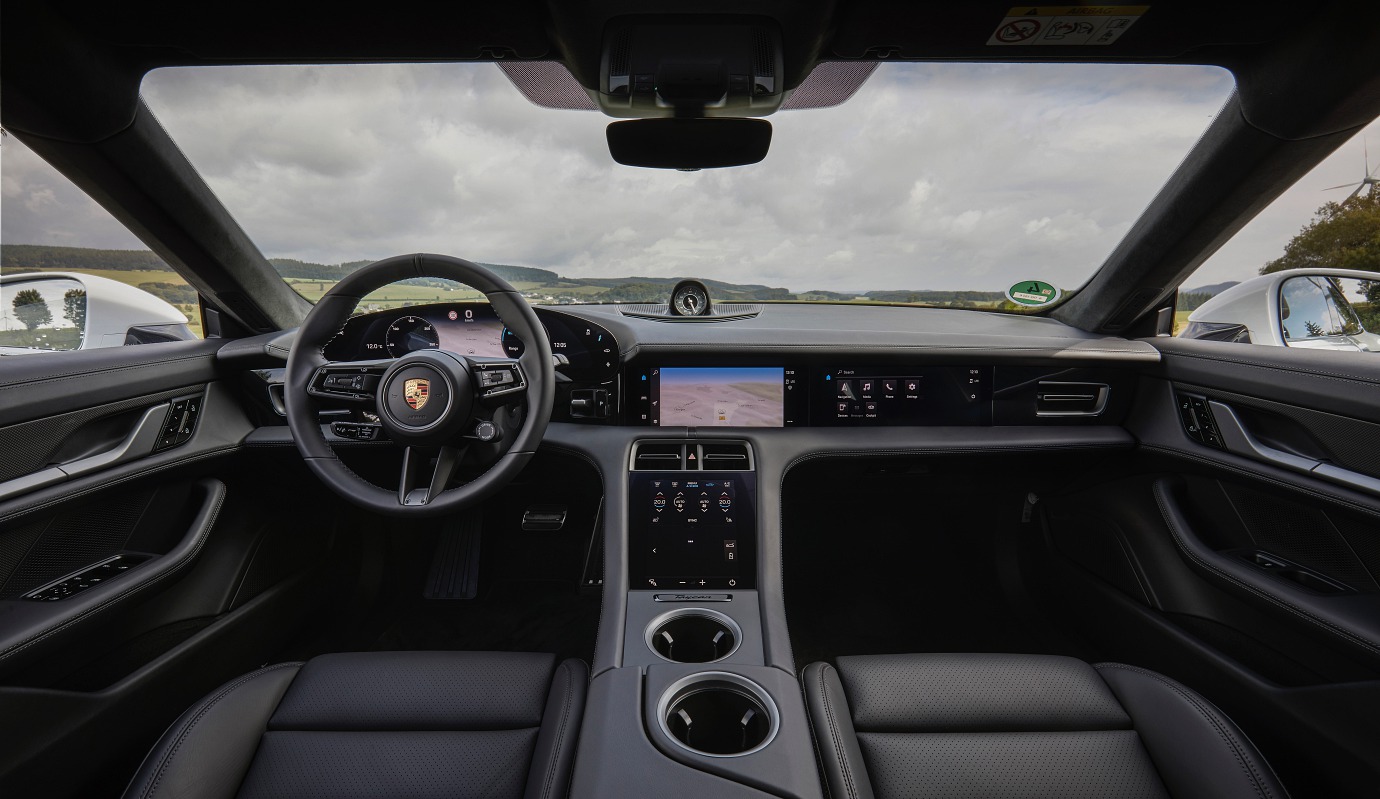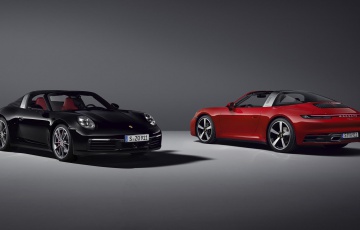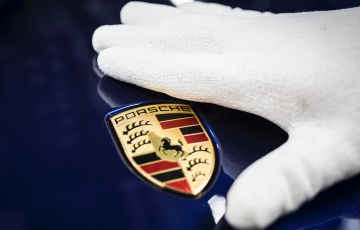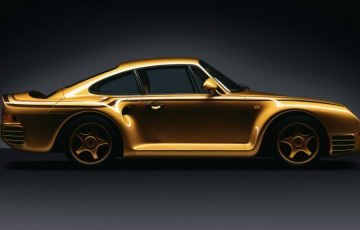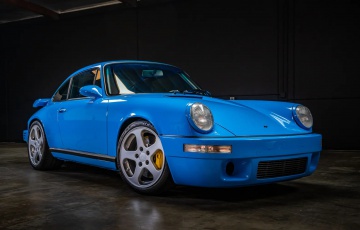E-Whiz : Porsche Taycan Turbo S Driven [review]
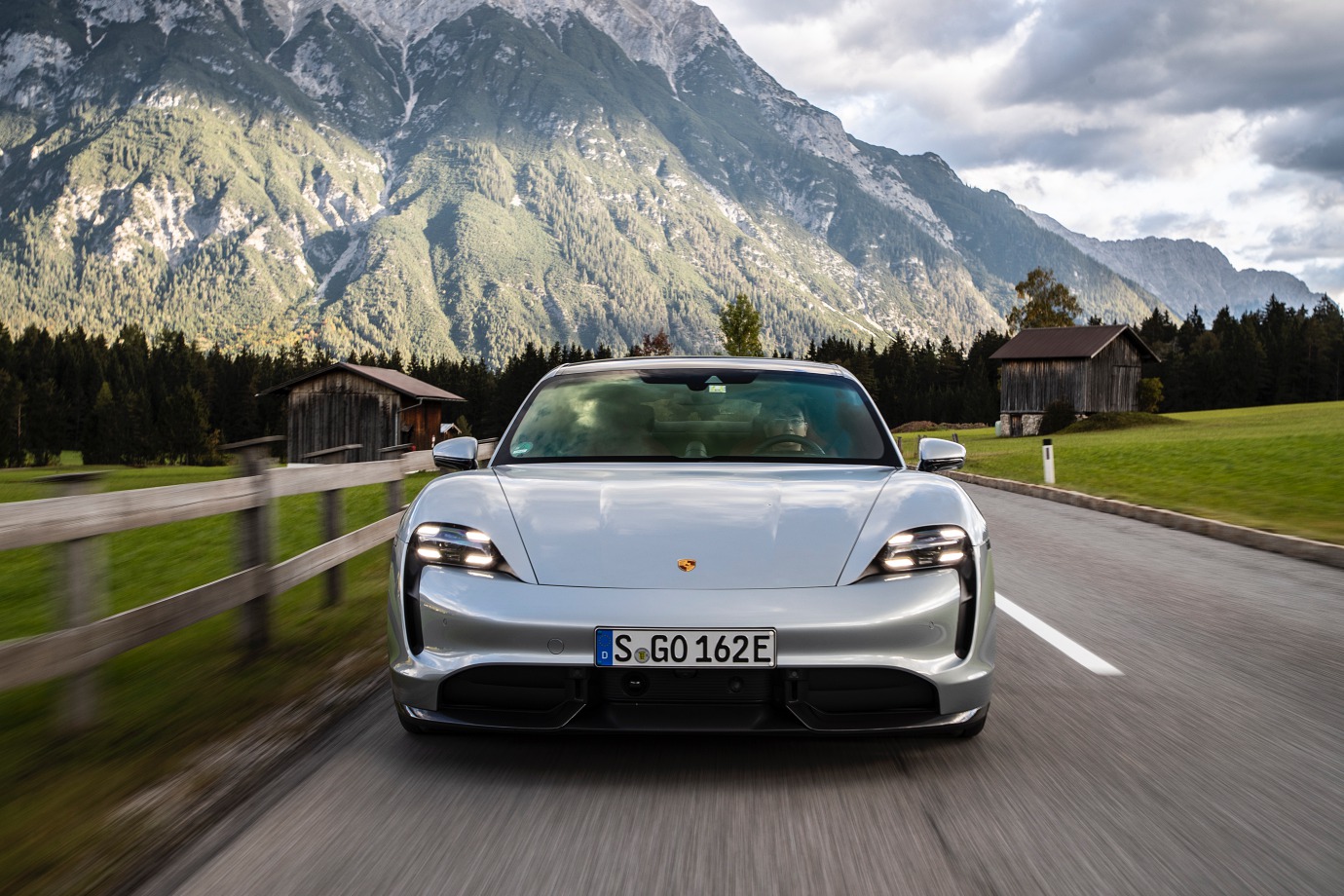
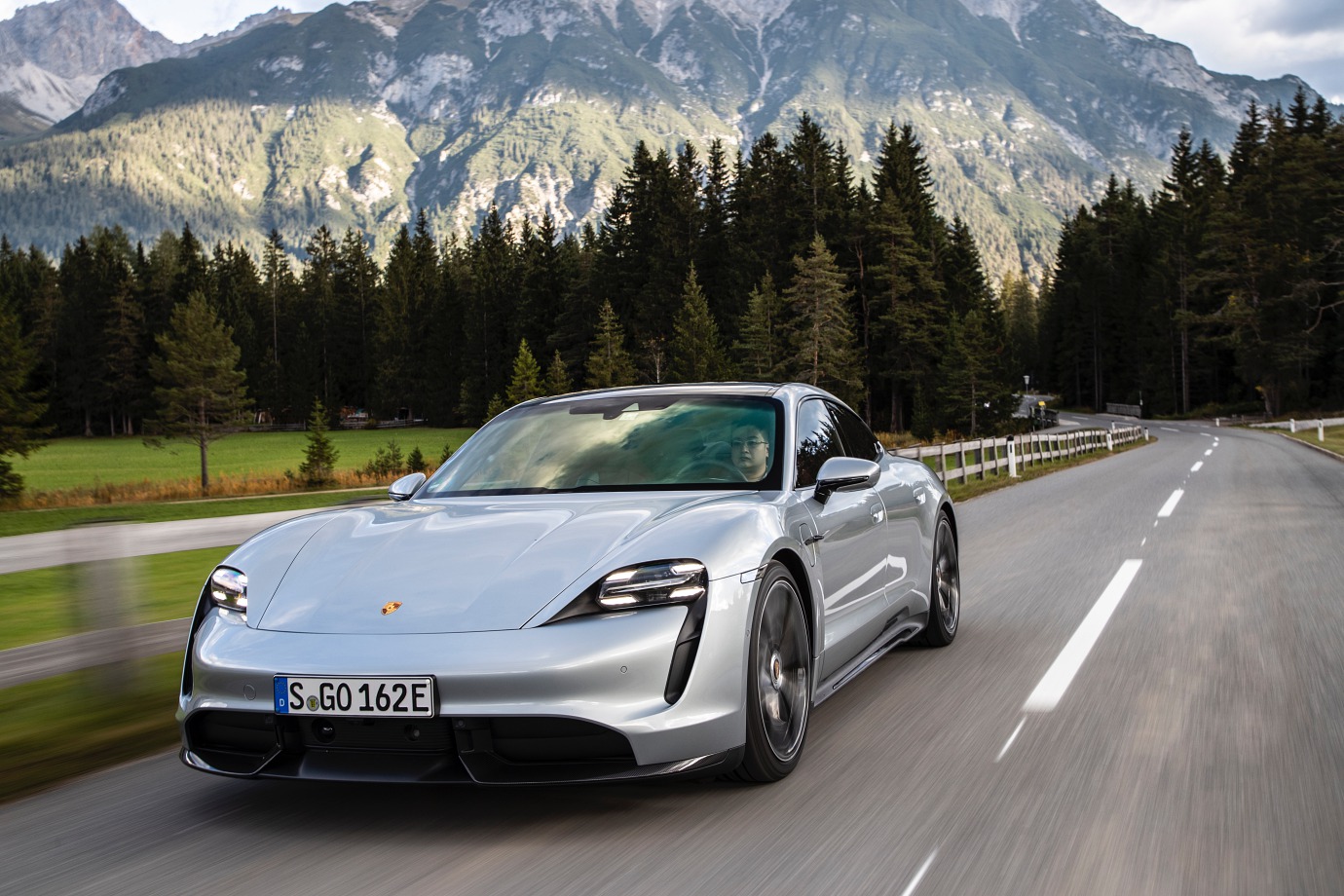
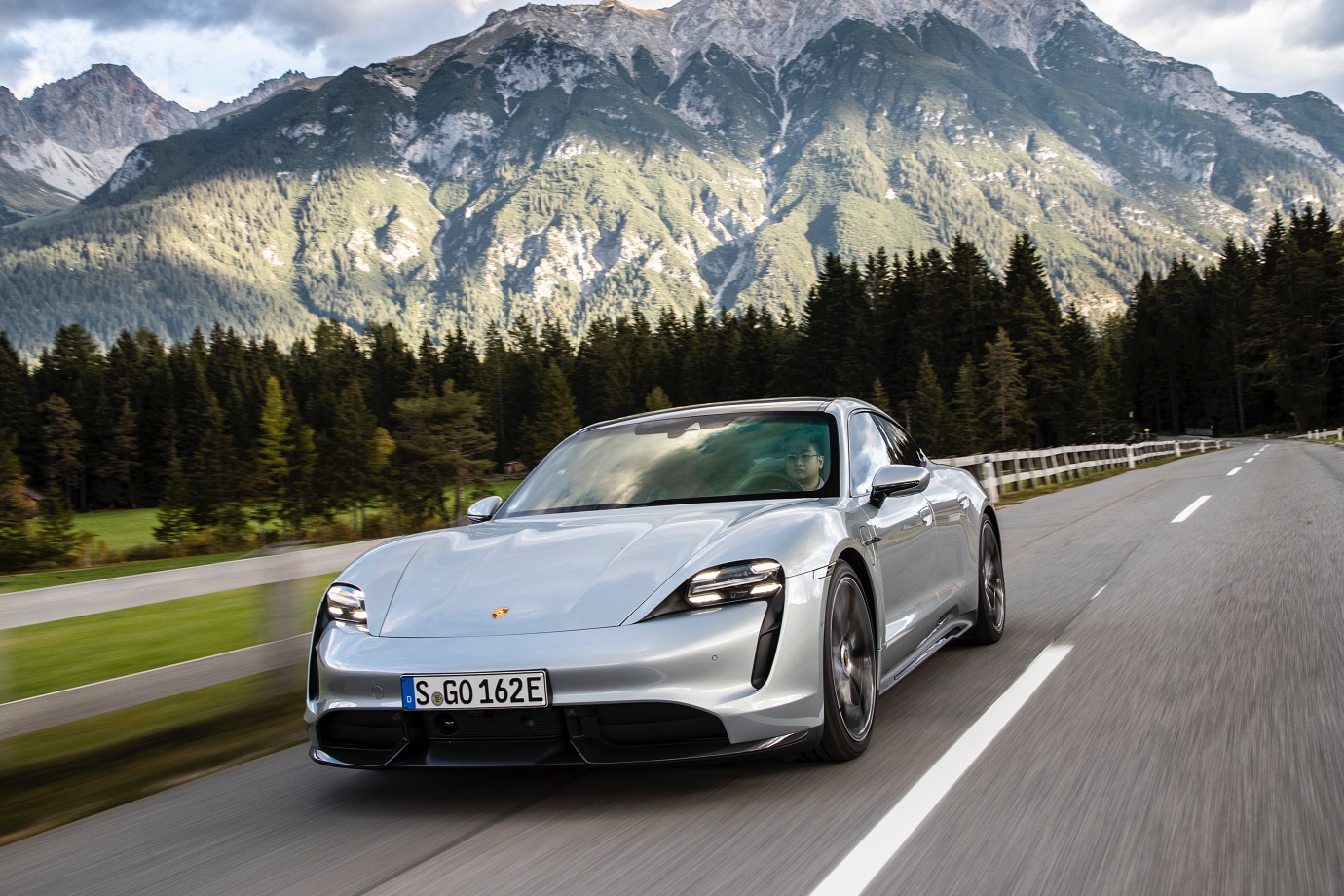
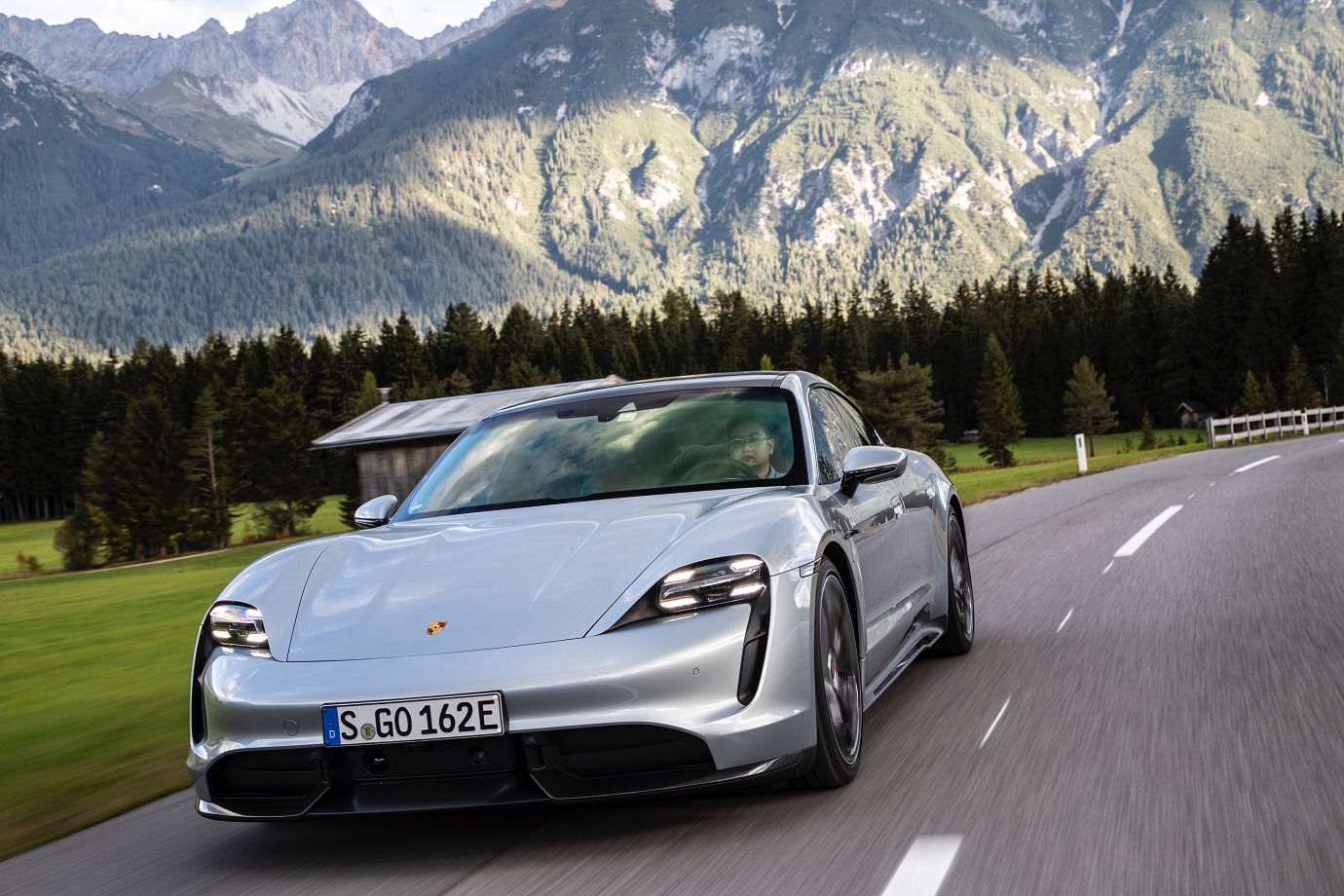
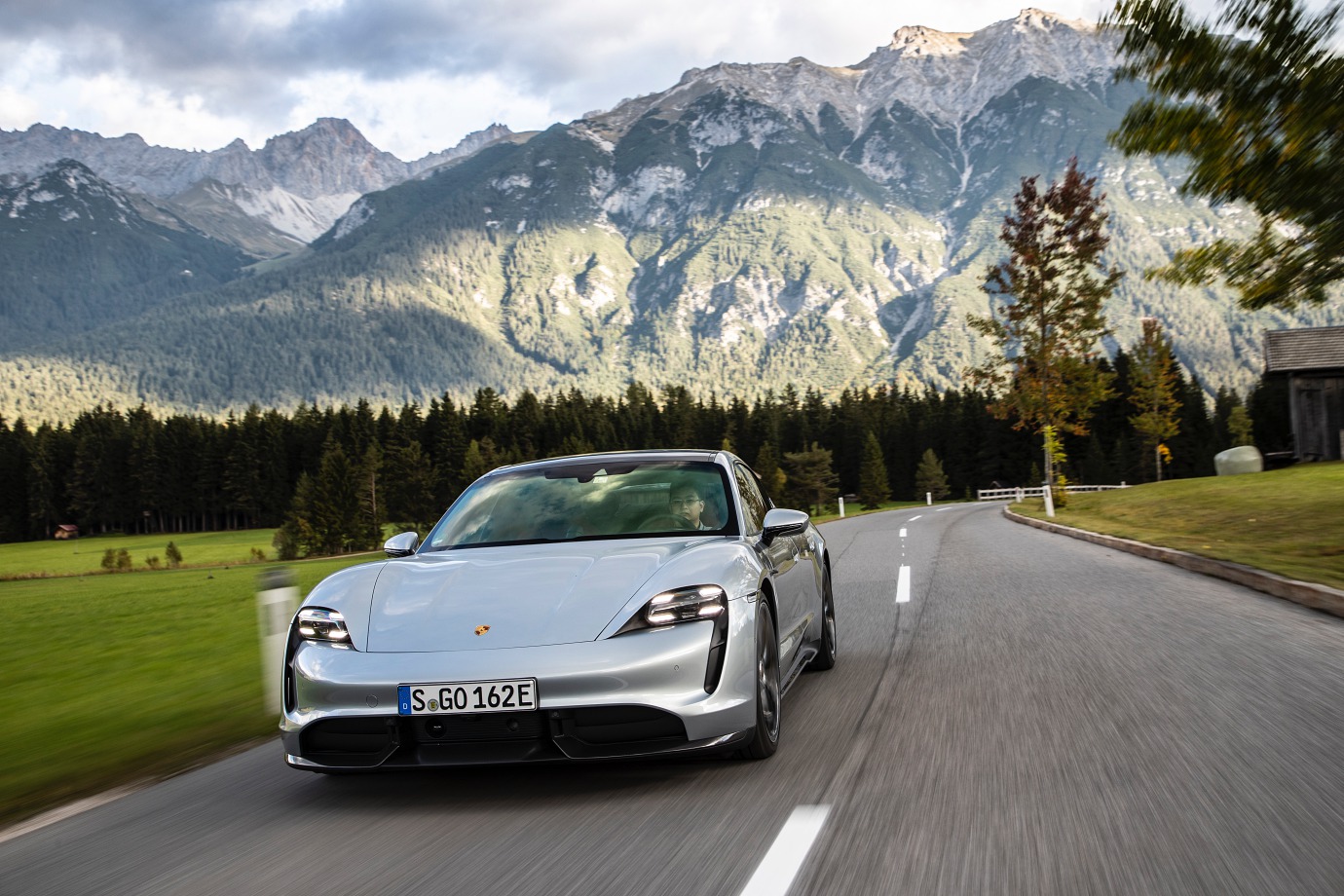
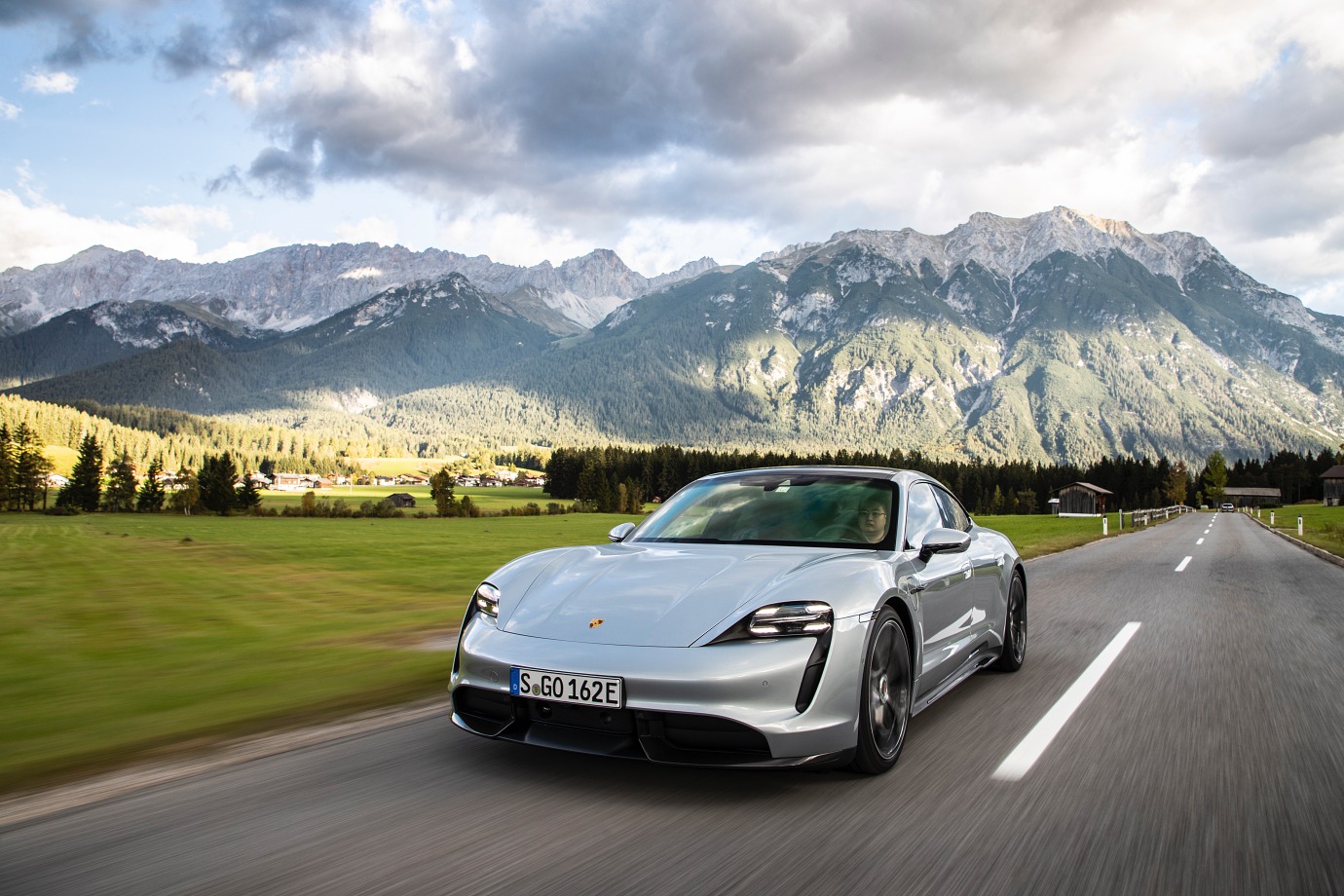
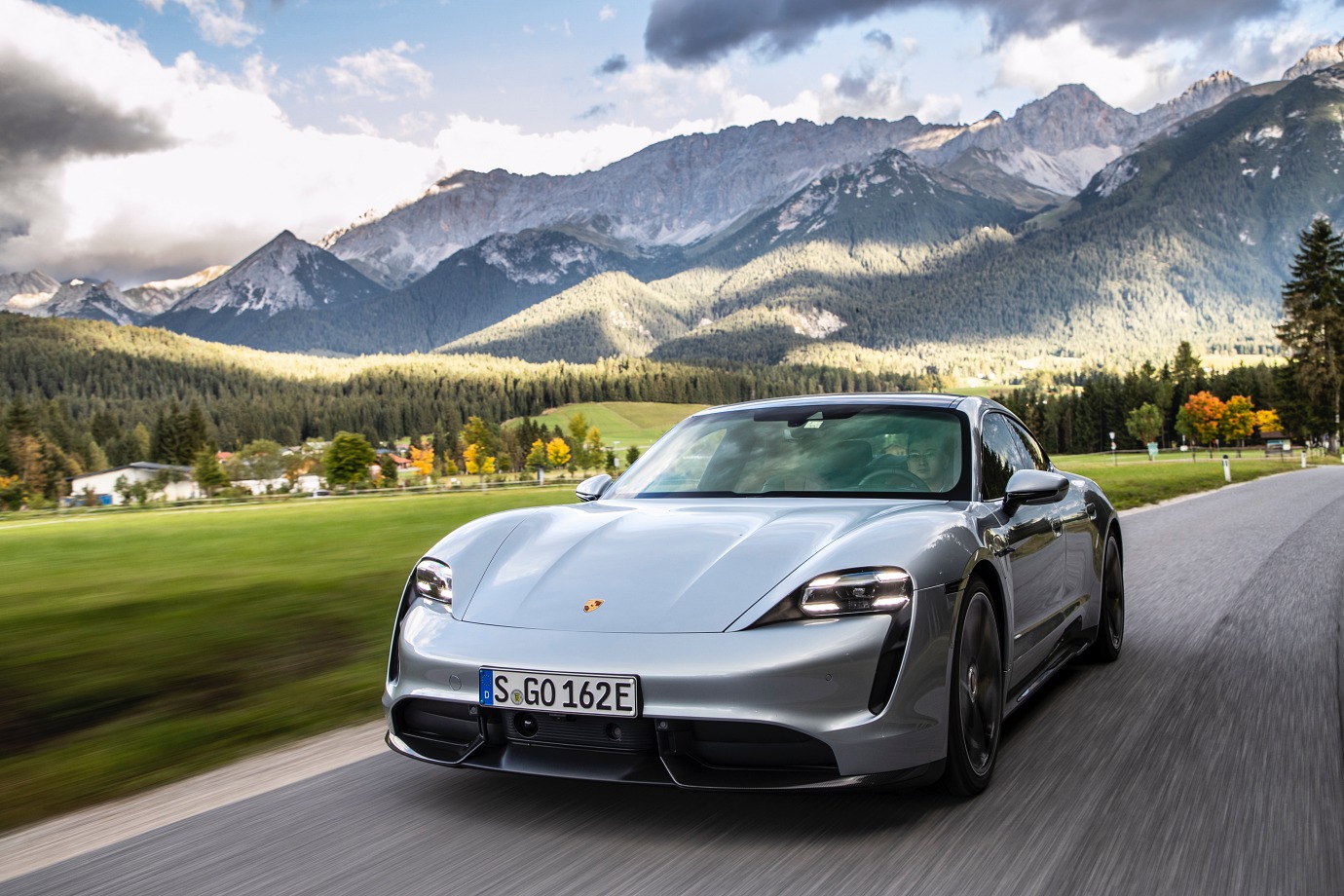
Innsbruck, Austria – I didn’t have the best start to this particular trip, as I had been battling an upset stomach from food poisoning for about a week prior to driving the Porsche Taycan. And looking at the kind of roads Porsche had laid out for us during the test drive event in Austria, the prospect of me keeping the contents of my stomach contained seemed unlikely.
Thankfully, I managed to hold it in, and eventually got better over the duration of the trip. And thank God, because it would have been such a travesty if I didn’t get to enjoy what turned out to be a truly exciting and groundbreaking car, not just for the company, but for electric mobility as a whole.
Our journey starts from the Austrian city of Innsbruck, more famous for being a winter sport destination. Its location between the Alps also means that it is littered with many narrow, winding mountain roads. Probably ideal then for Porsche to show off the Taycan’s driving chops.
(Click HERE to read about the Star Wars x Taycan preview in Singapore)
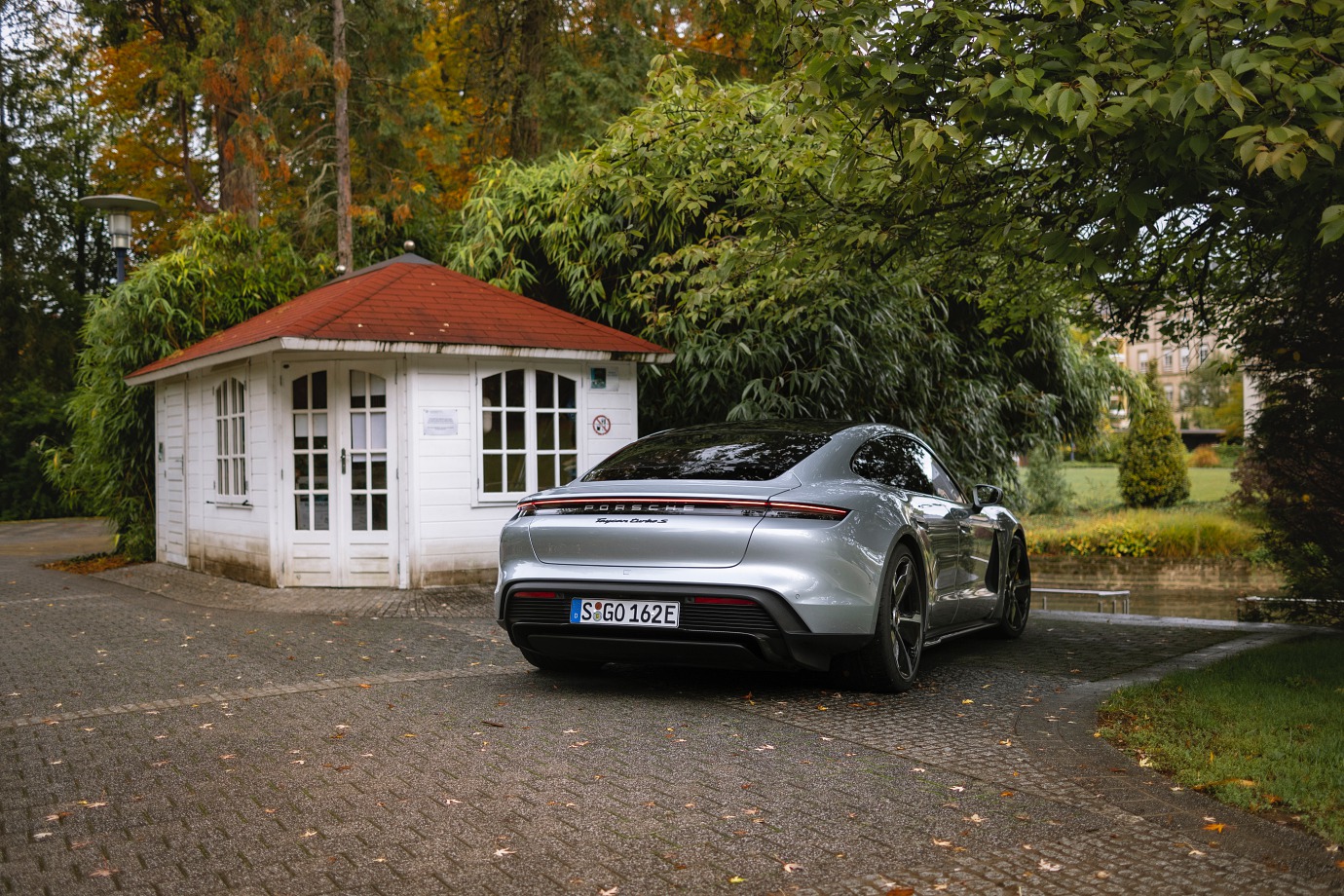
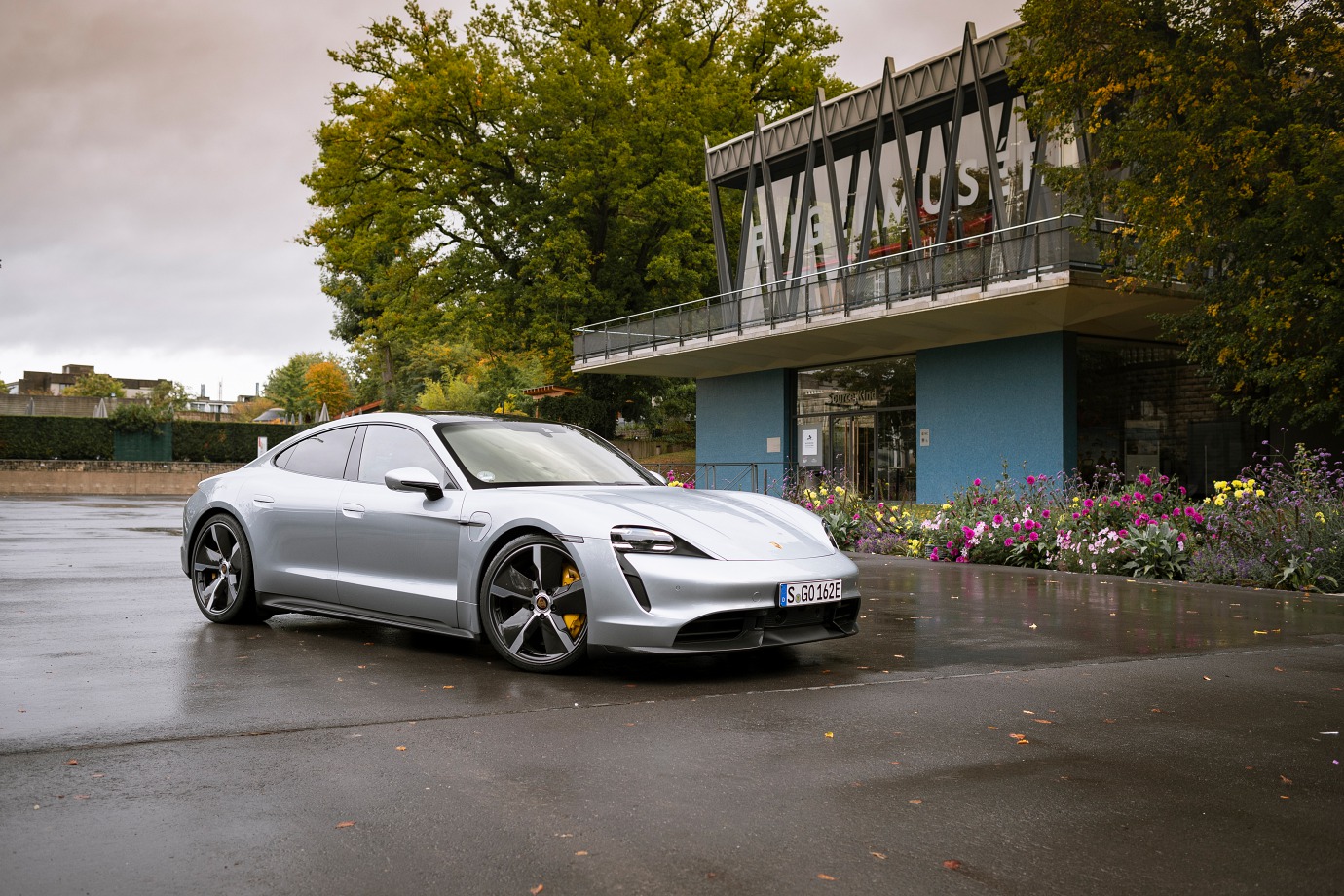
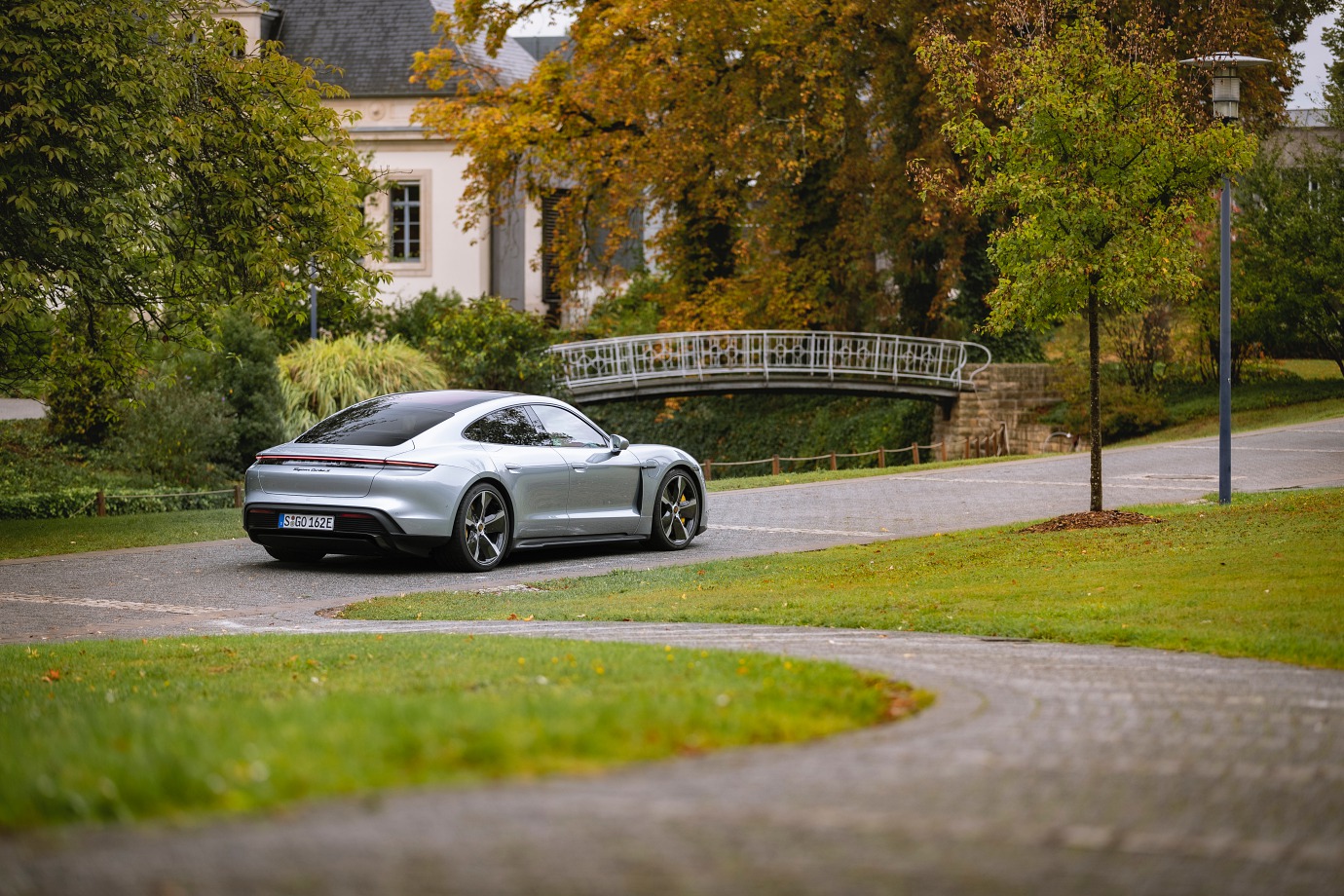
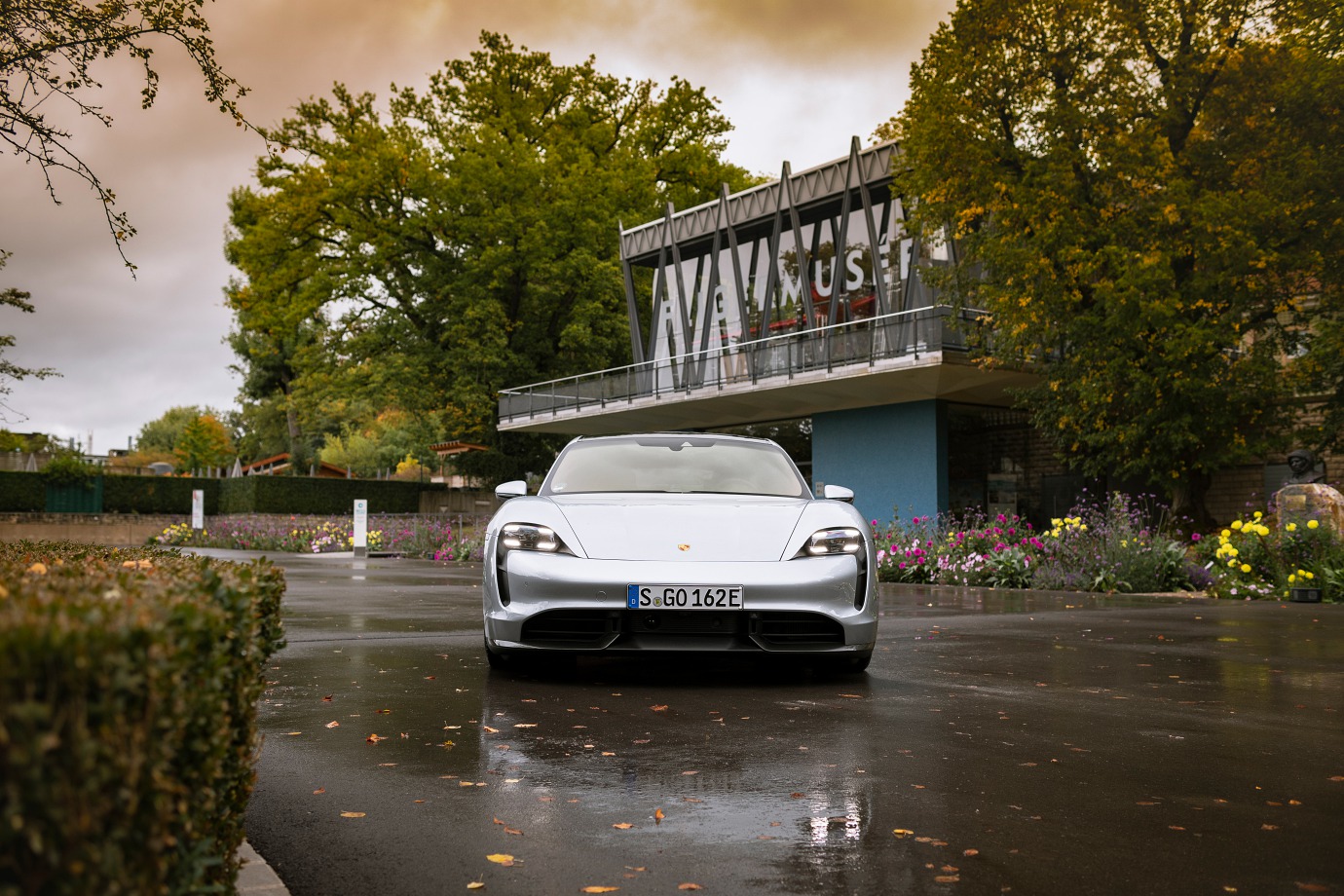
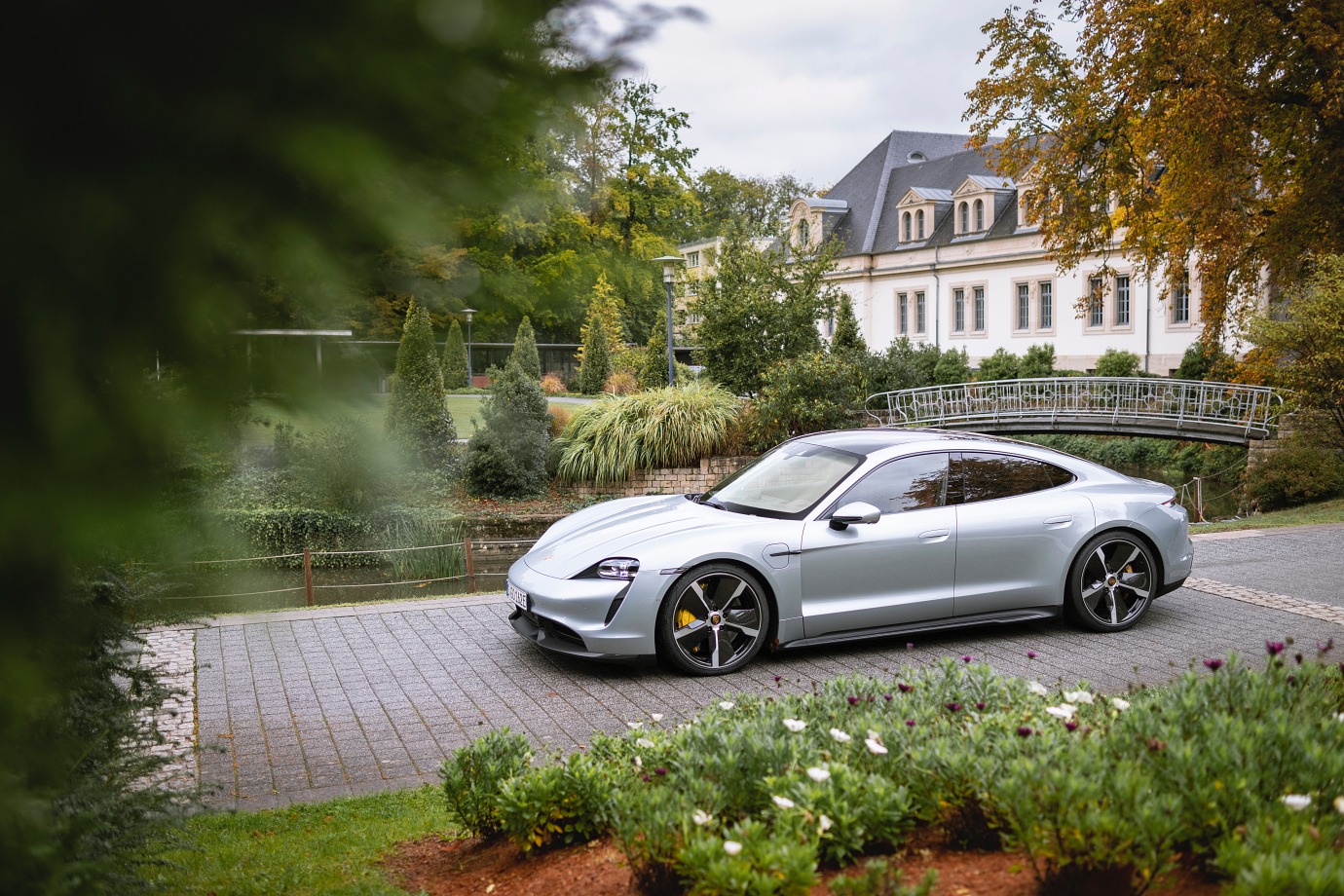
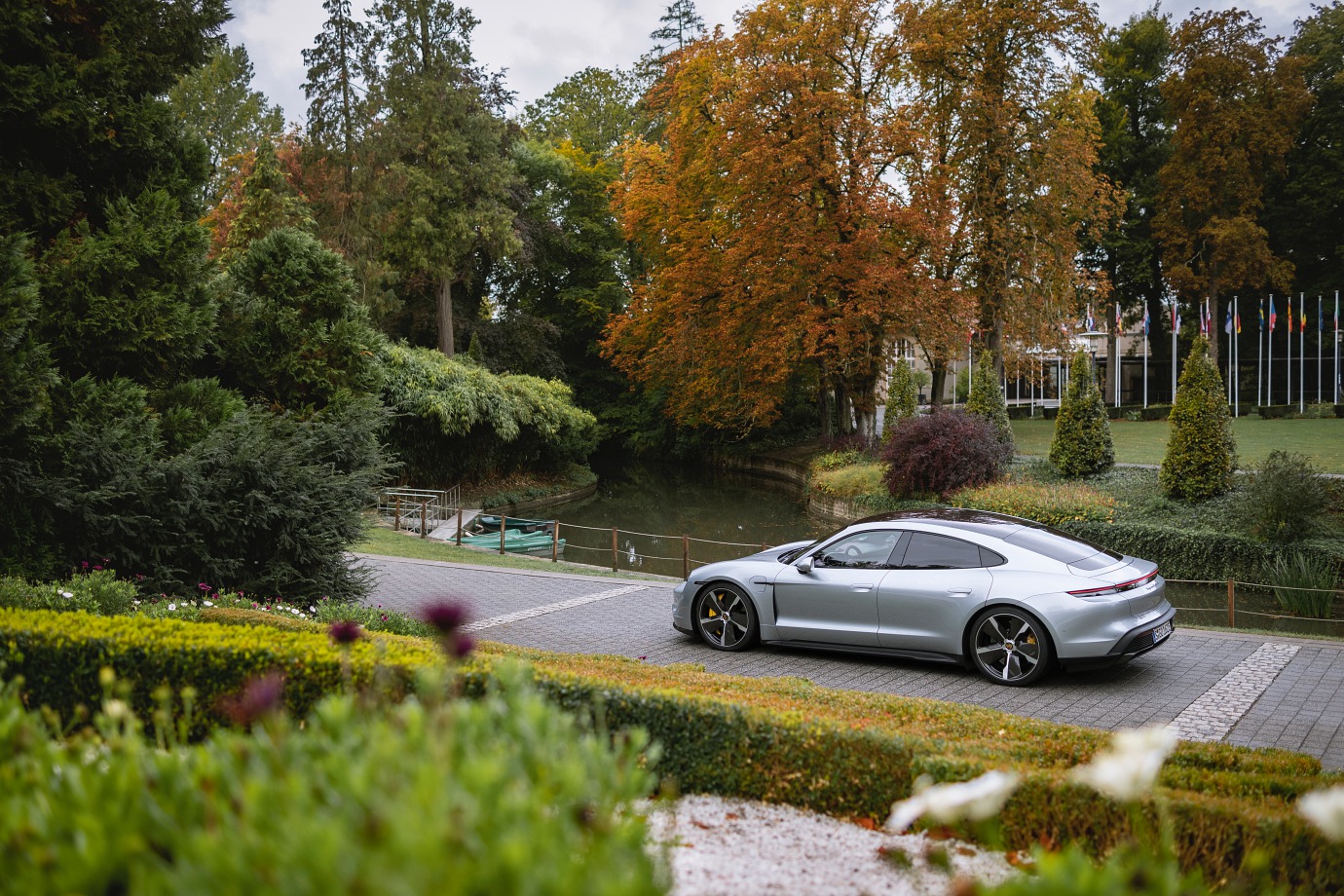
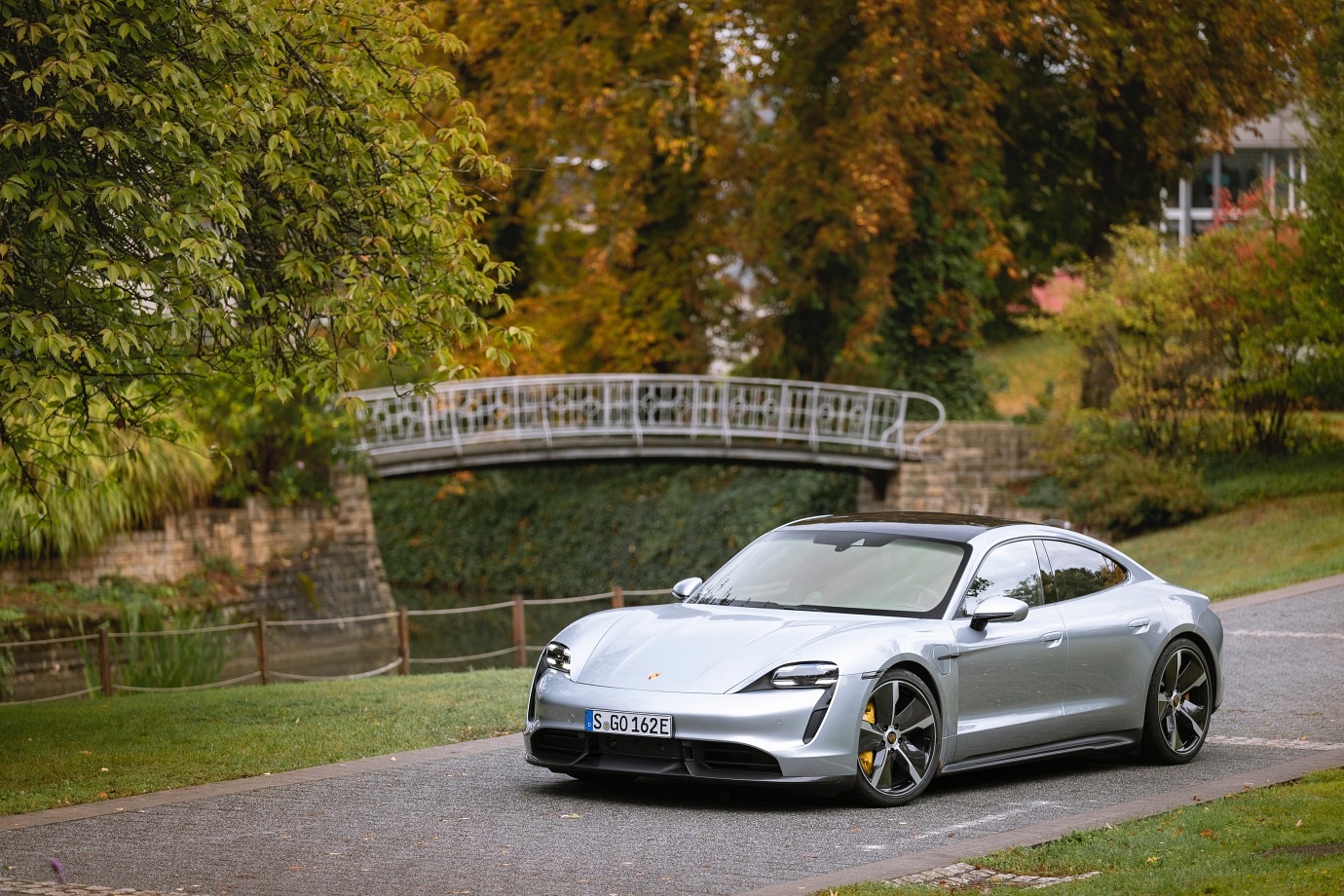
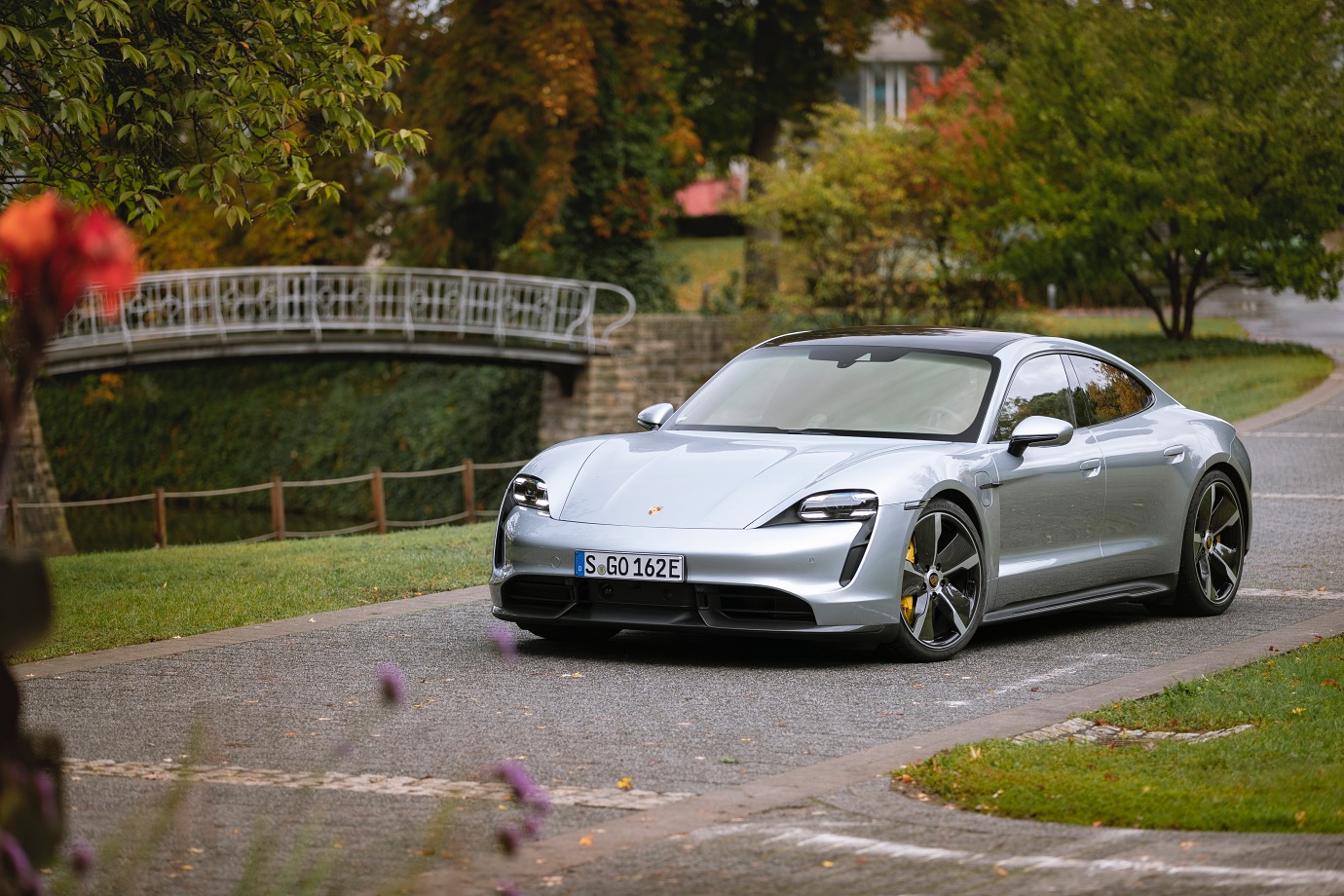
It’s only natural to hold reservations about the Taycan’s capabilities. After all, this is the company’s first proper electric vehicle (EV), and it is also the first full-fledged EV from a bonafide sportscar maker.
Up until now, EVs have mostly been seen as pandering to the eco tree-huggers, or the Silicon Valley hype-boys that are Tesla fans.
The Taycan is meant to make a statement, that EVs are very much the future of the automobile, and can therefore be exciting and appealing to enthusiasts who are used to more ‘traditional’ sportscars. The Taycan therefore has a lot to prove in its bid to win over EV cynics. No pressure there then.
Let’s get this out of the way first: the Taycan is brilliant to drive. If that’s all you want to know, then you can probably stop here. But you’re probably not gonna, so here’s the lowdown.
The Taycan is fast, as expected, but it is also well-sorted and balanced, to the point that there is no mistaking this car for anything other than a Porsche; the brand DNA is very much present and correct here.
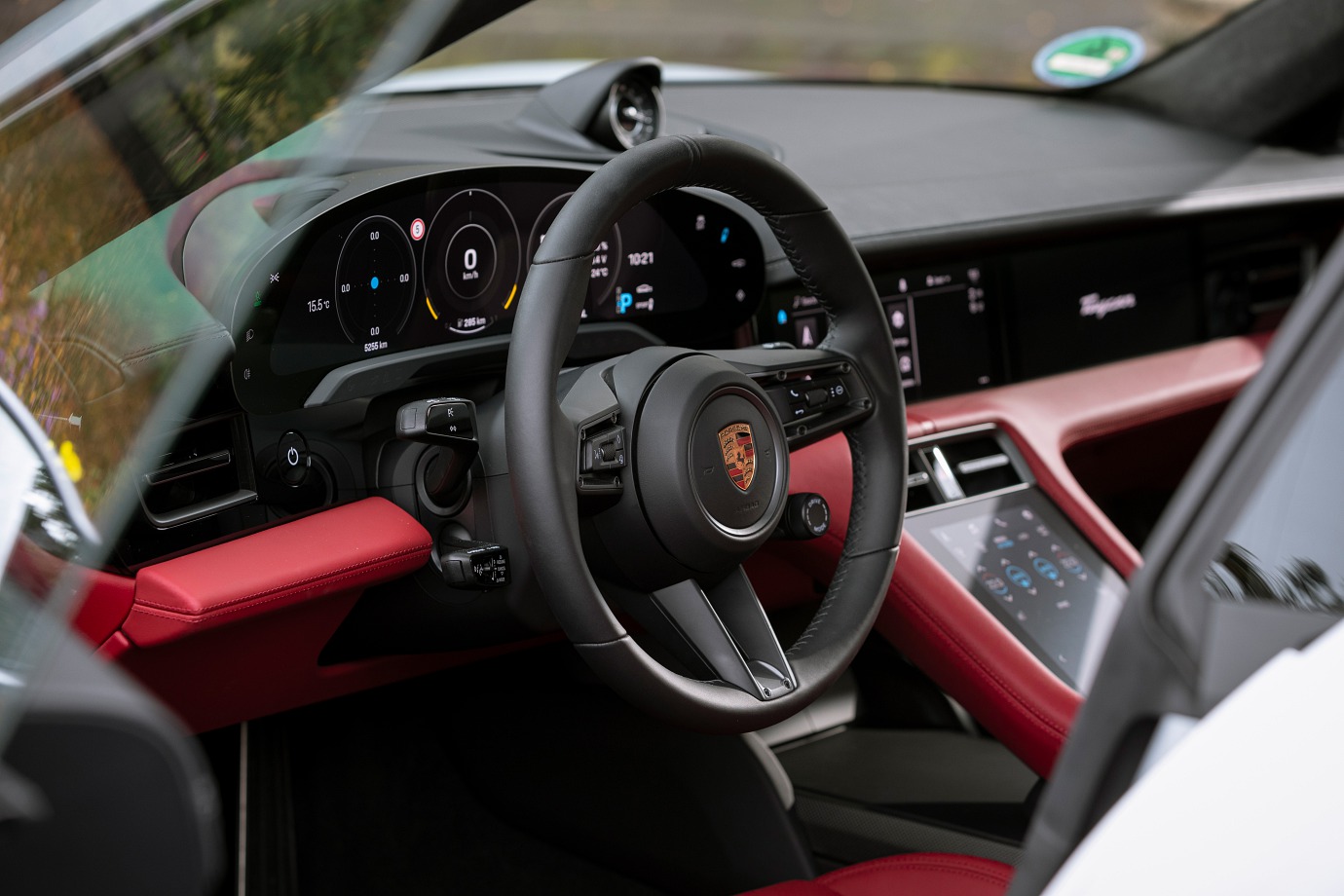
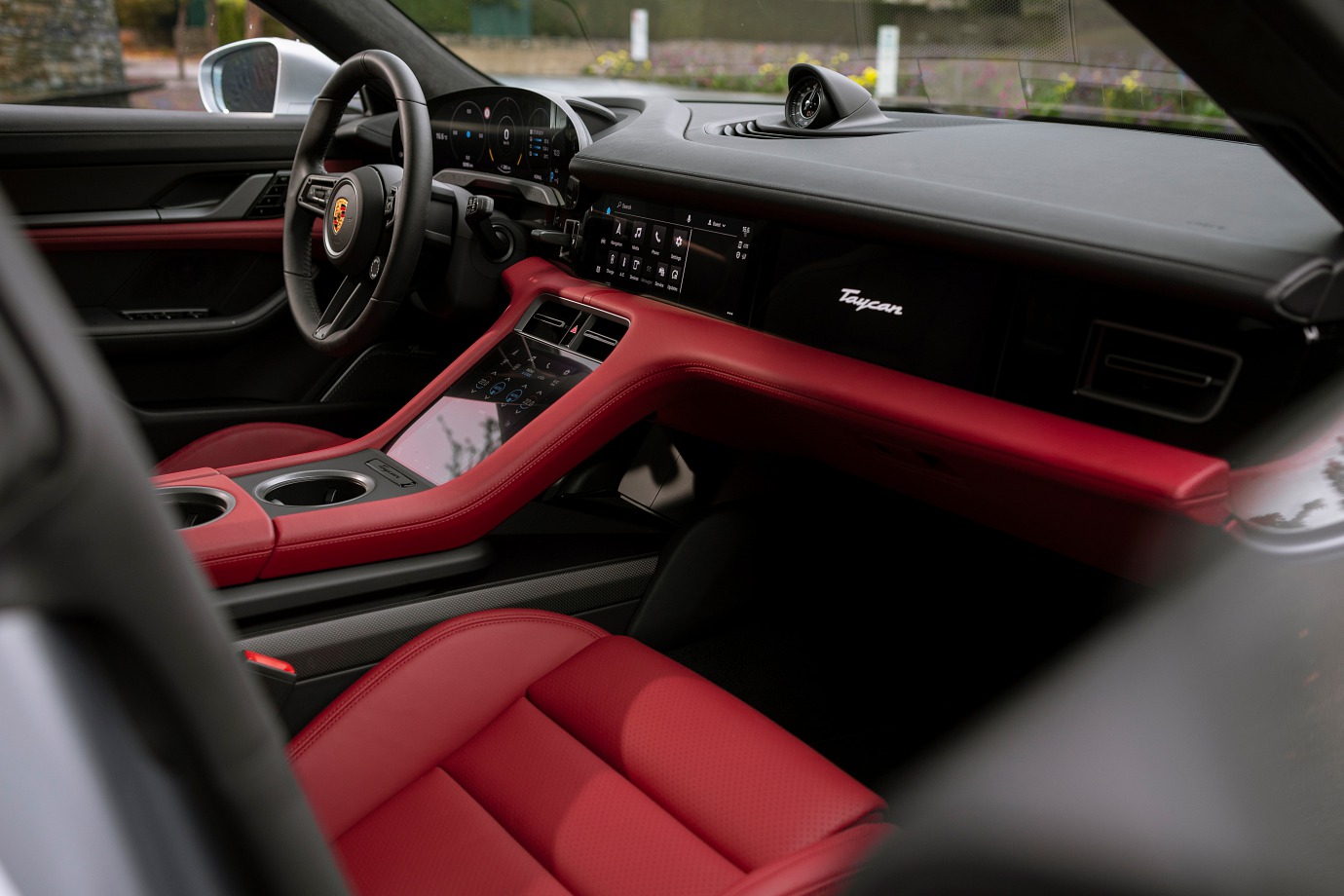
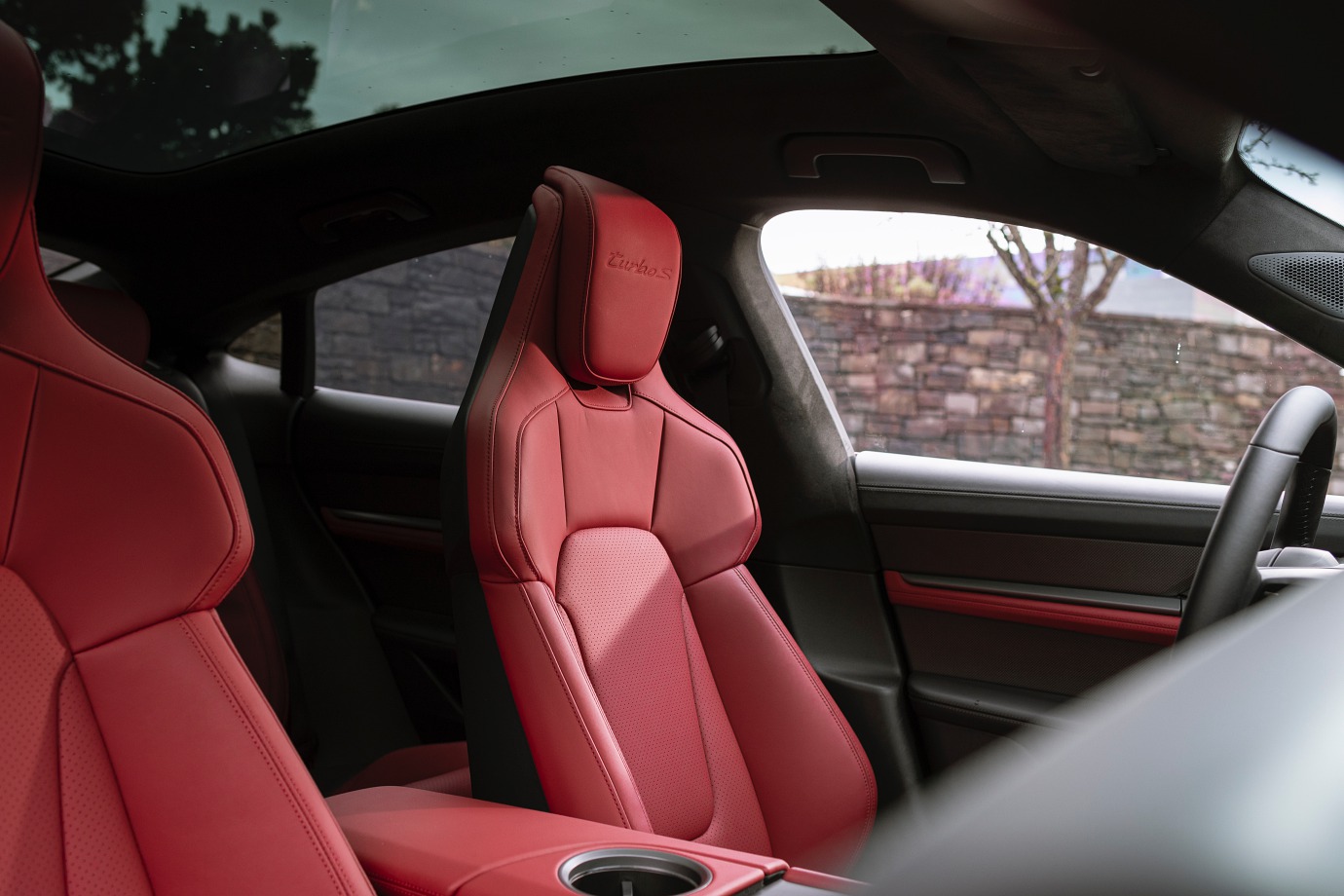
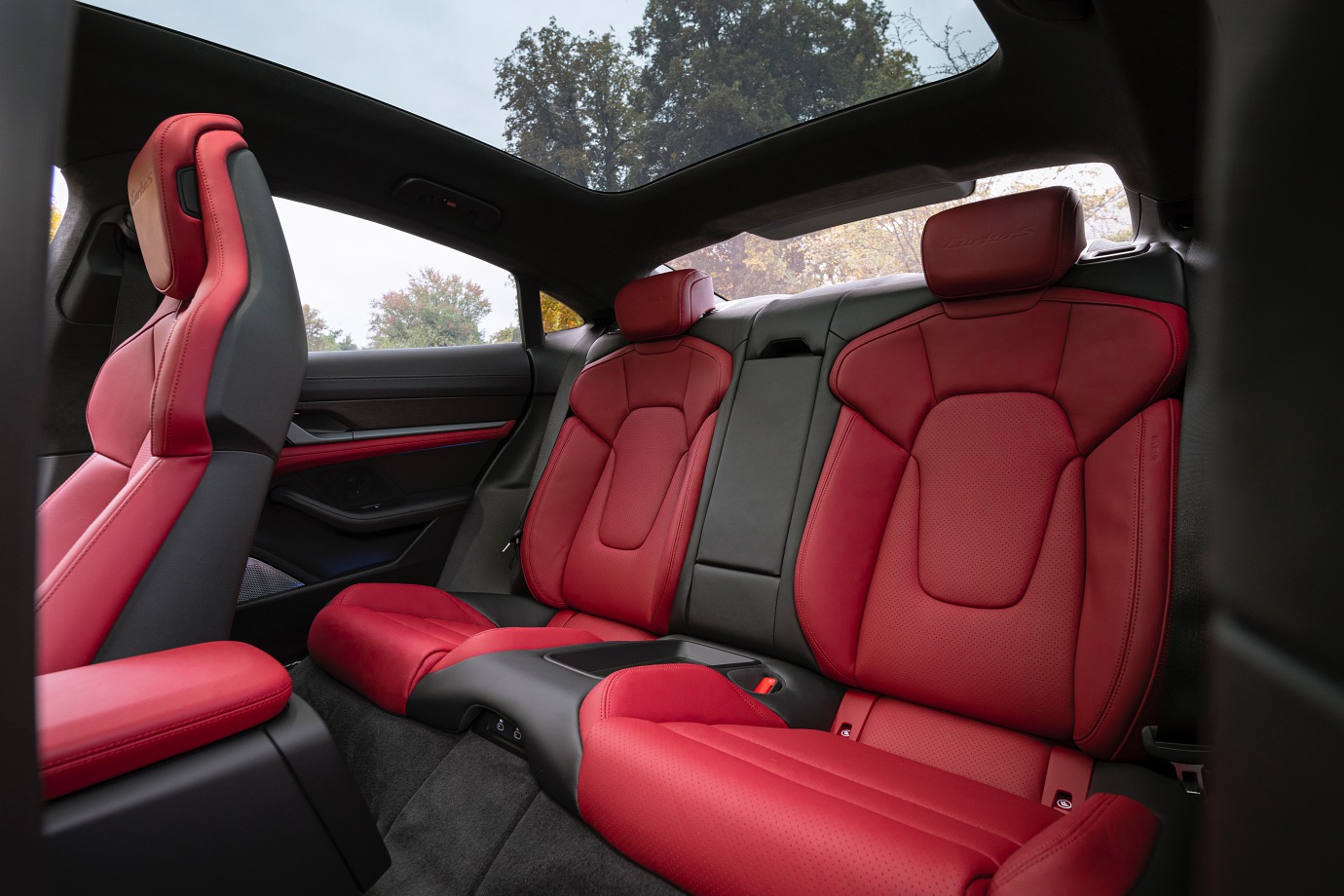
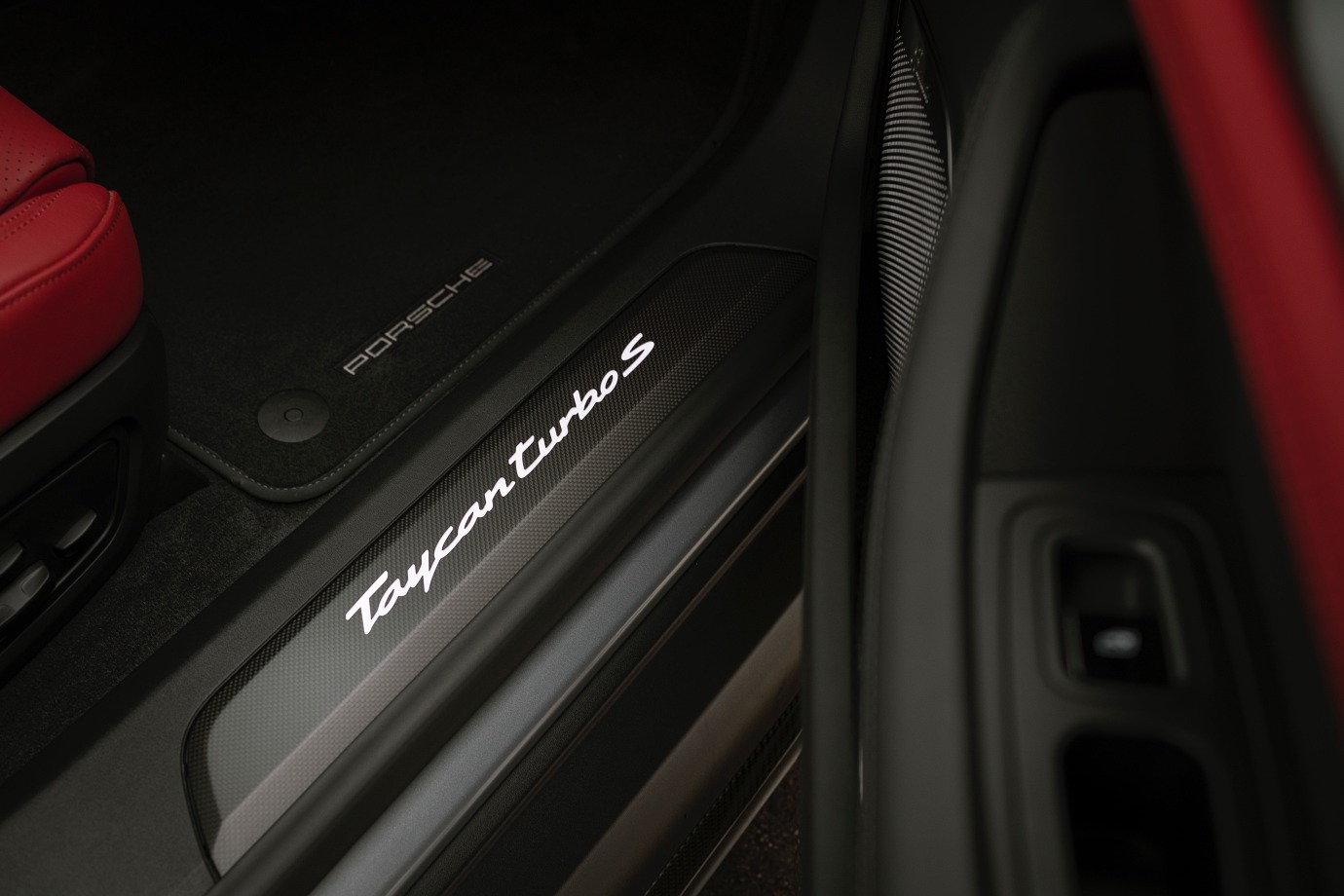
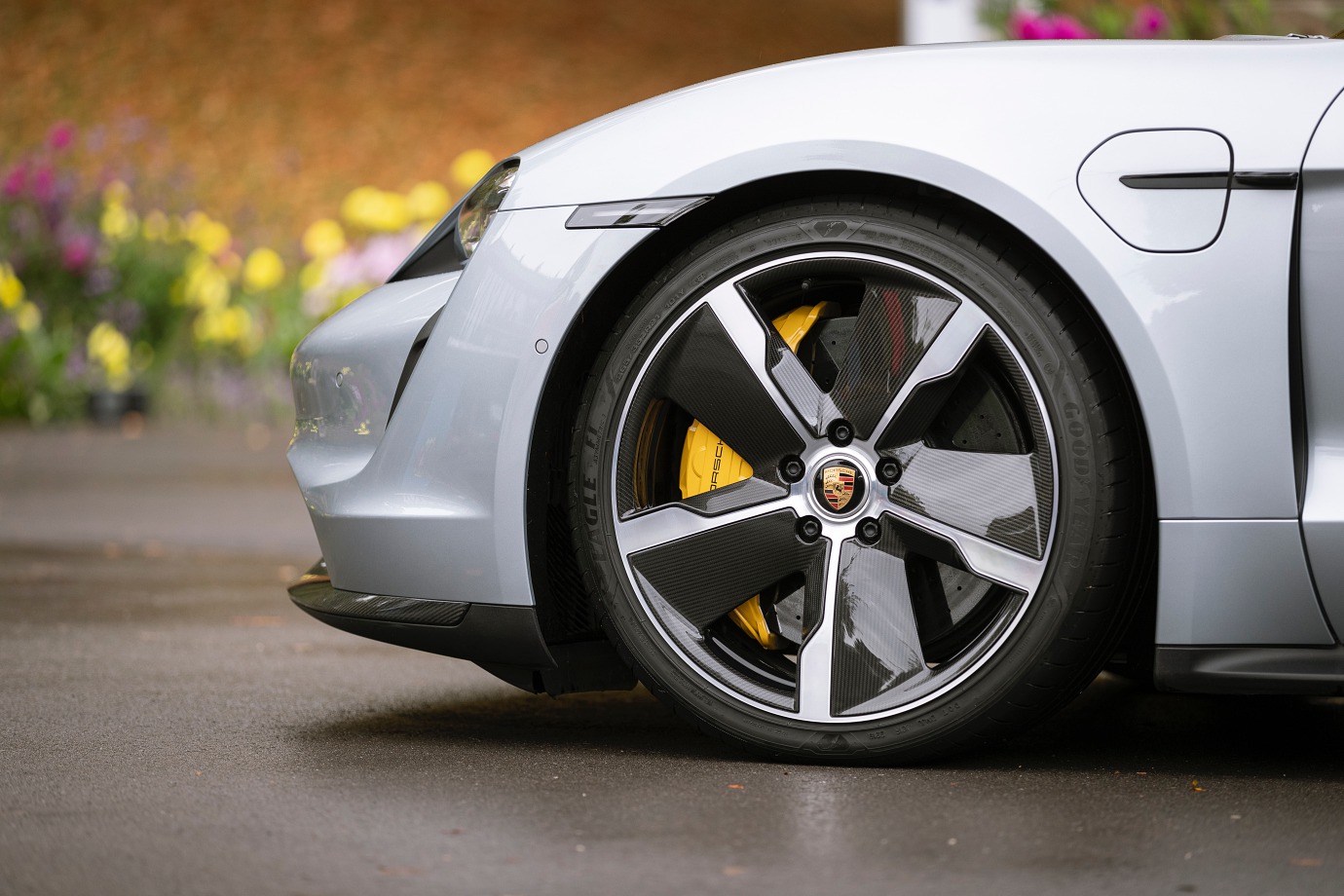
It’s not 100 per cent perfect of course. The lack of aural pleasure is remarkably obvious. Put your foot down and the car shoots forward with almost alarming efficiency, even for an EV.
But the surge is accompanied by a barely audible ‘oooOOOOO’ noise that rises in volume marginally as velocity increases. There’s a mild degree of tyre roar too, but otherwise the entire aural experience feels somewhat artificial.
And then there’s the car weight: At over 2.3-tonnes, the Taycan is no lightweight. And while Porsche has done its best to balance the weight throughout the car with its ‘skateboard’ chassis, you can feel the extra heft shifting around as you make your way down Innsbruck’s winding mountain roads. The car’s width also poses a bit of an issue around some of the narrower stretches of country lanes that we encountered along our test route.
But leave that aside, and the Taycan proves remarkably adept at conquering the bends. The car feels poised and well-sorted, in very much the same way a Panamera is. The steering offers the right amount of feedback, and it feels, whisper it, sporty to drive. Yes, an EV that’s actually properly nice and fun, and not just in a straight line.
(Click HERE to read about another EV that was surprisingly fun-to-drive... the Audi e-tron)
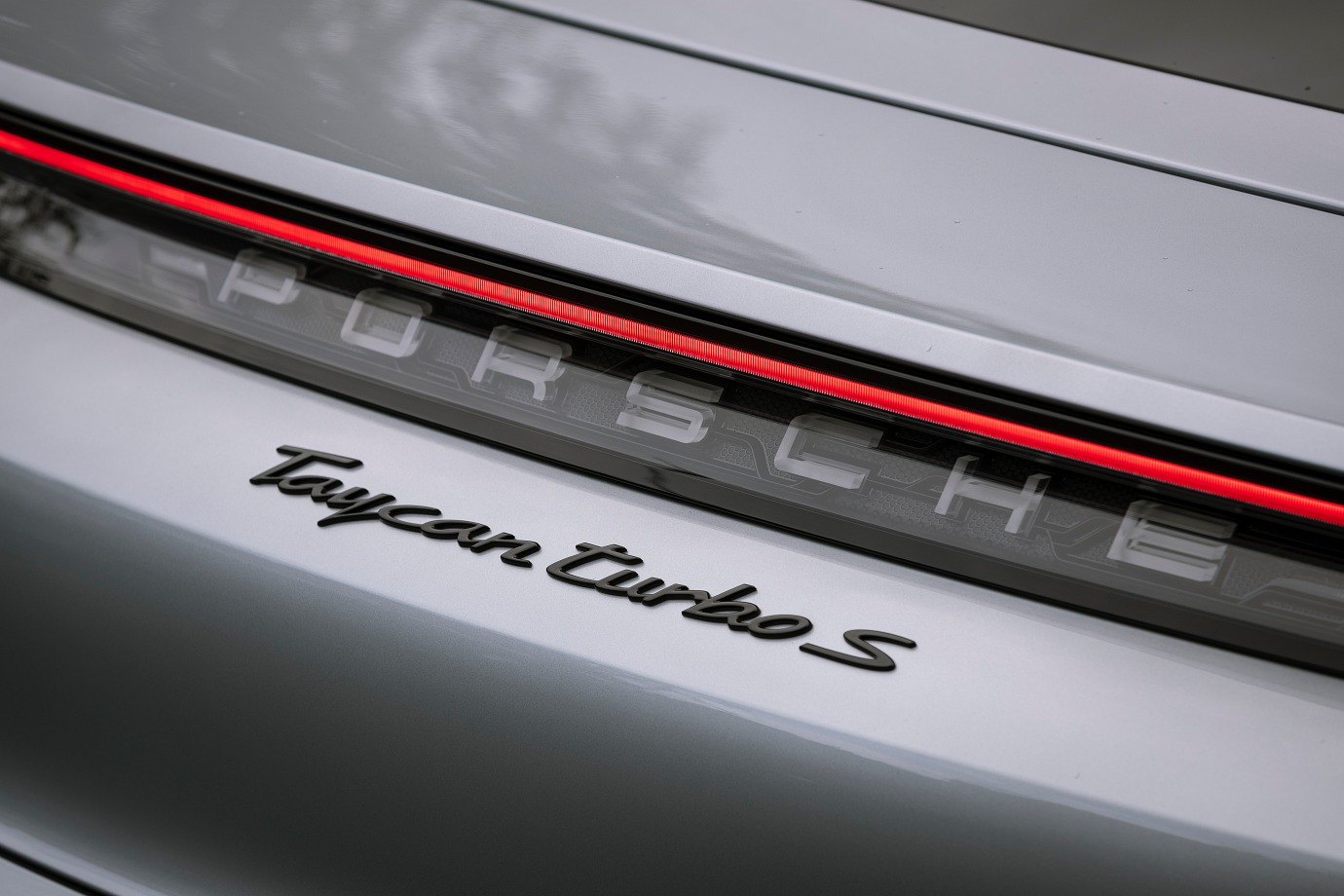
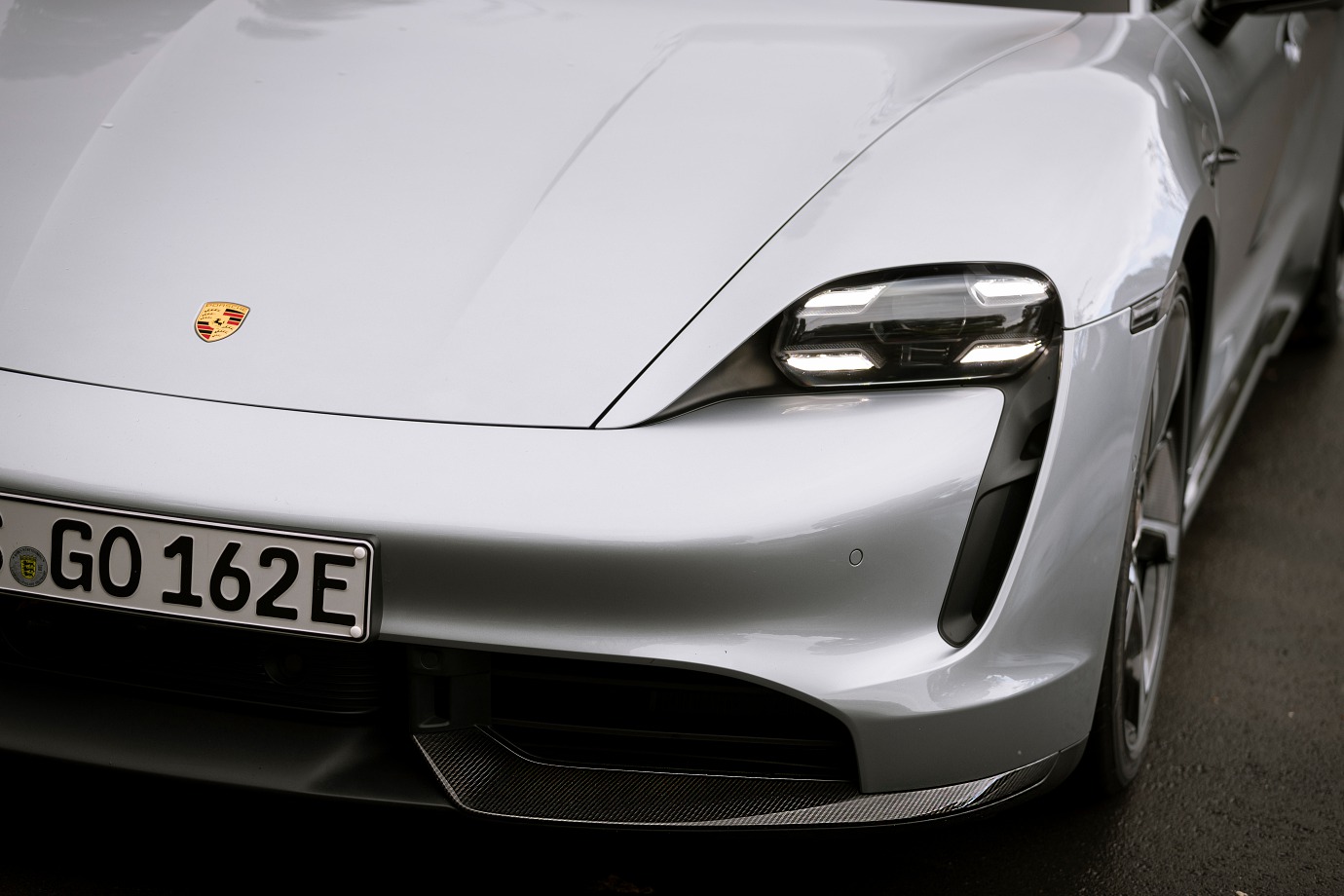
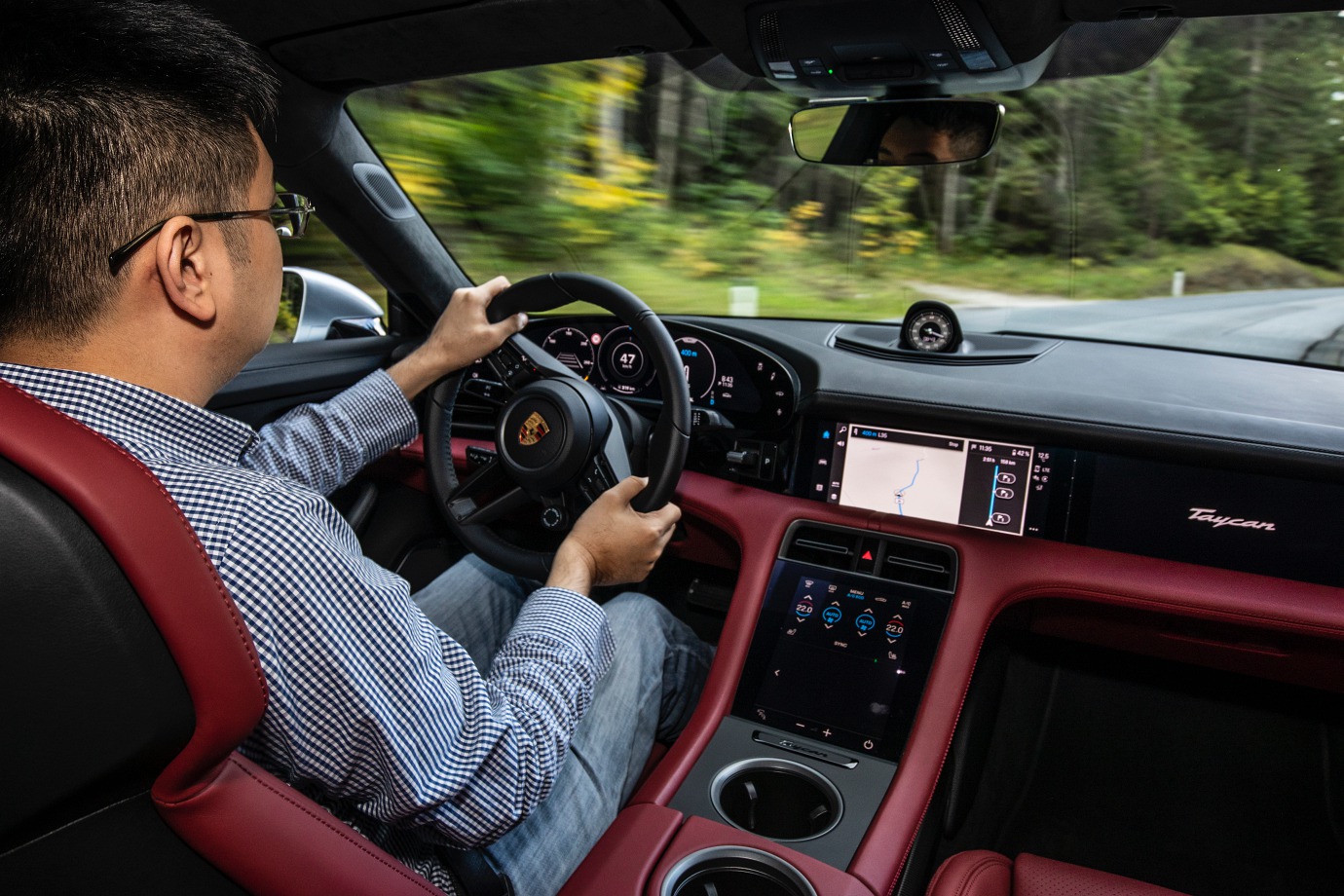
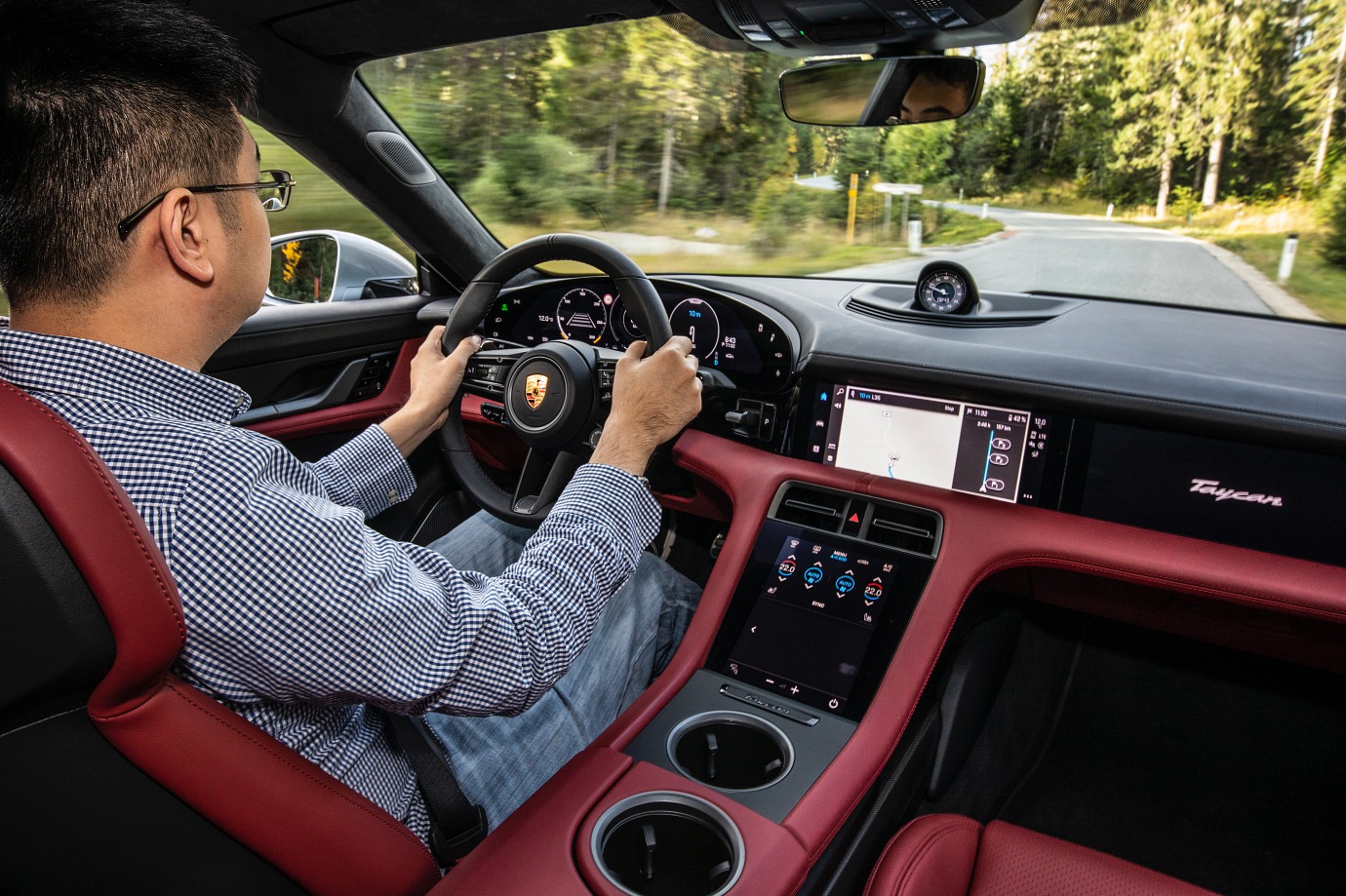
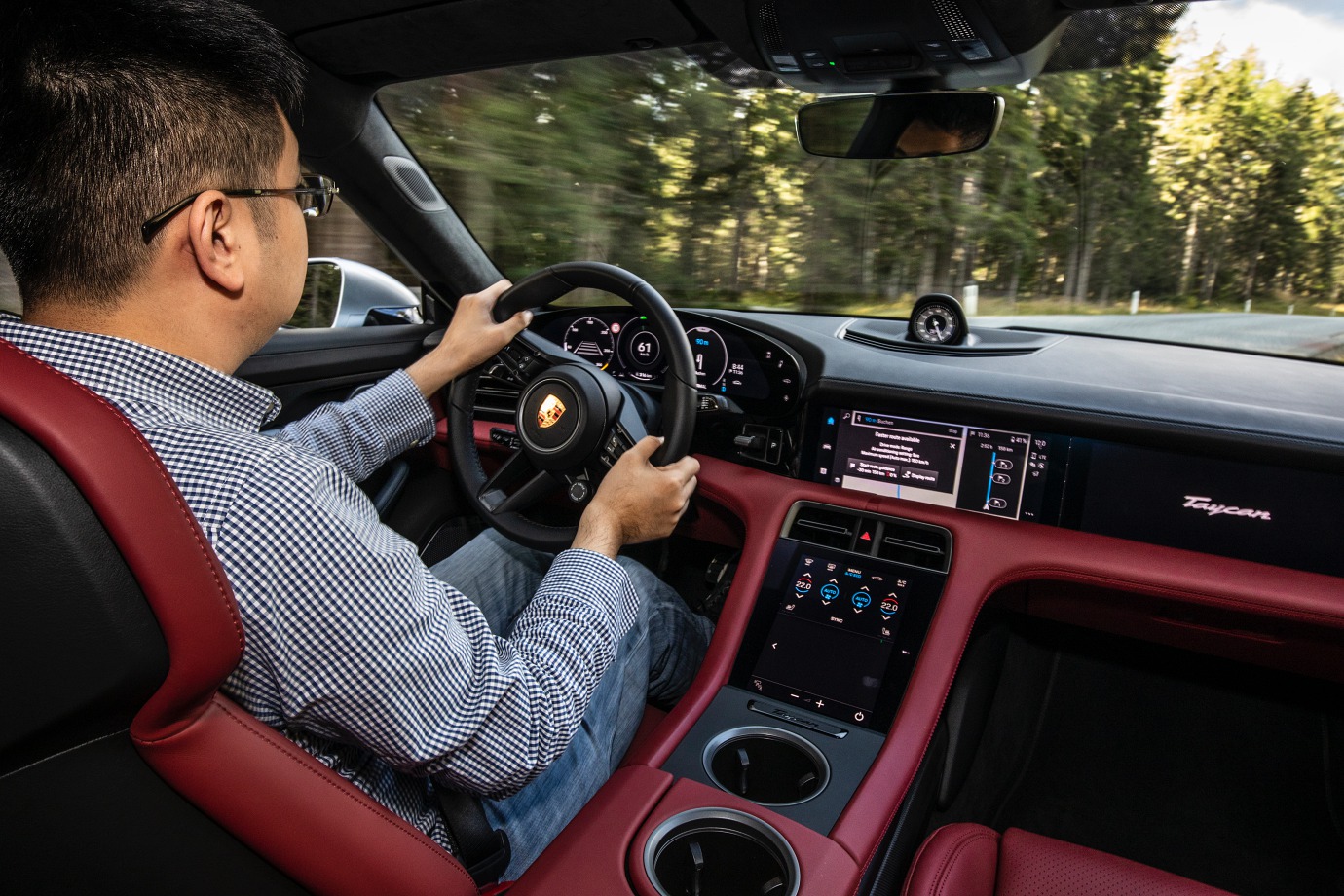
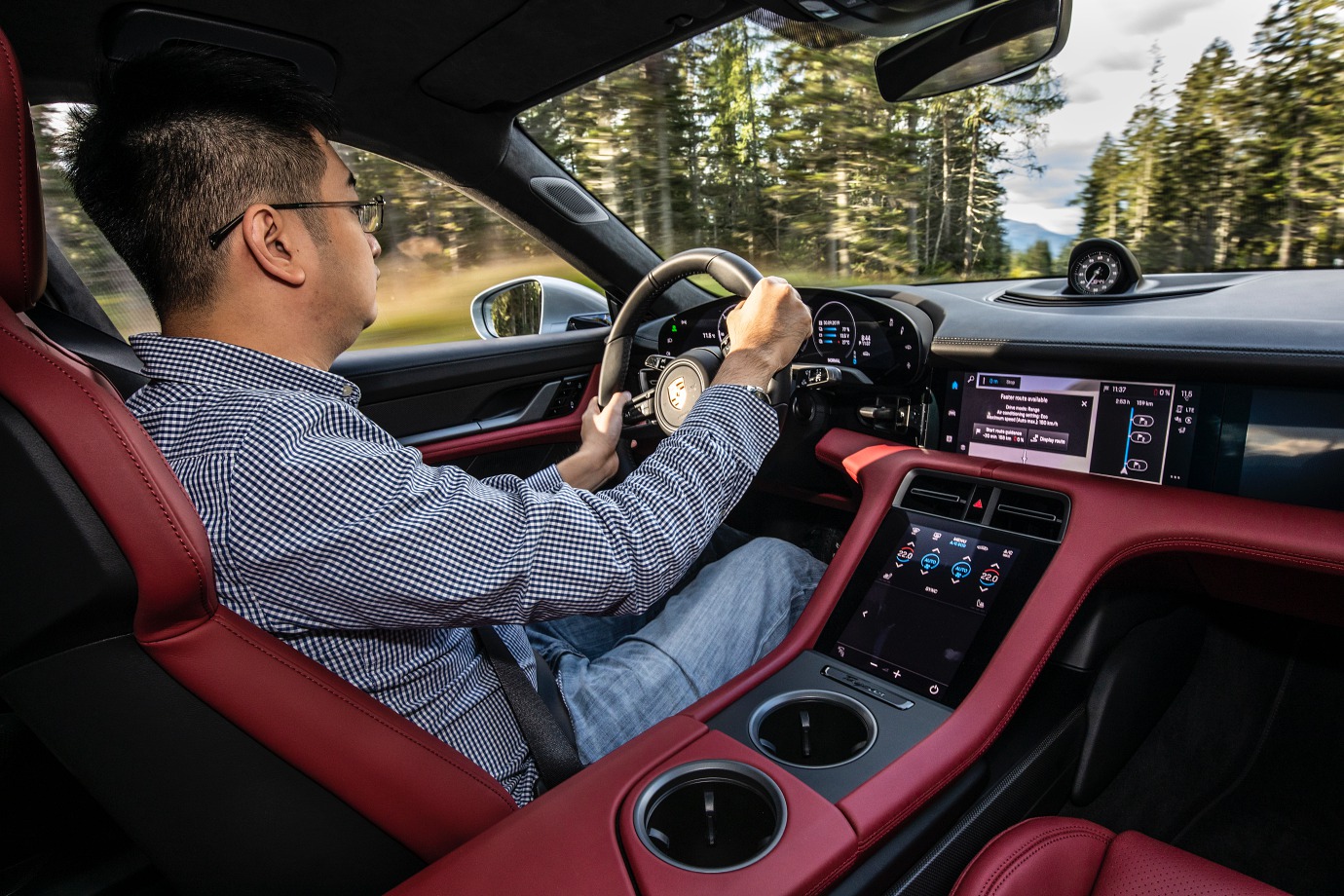
You could have that sort of fun too, if you want. In Turbo S guise, the Taycan offers power and acceleration that are not to be sniffed at. How about 761hp, 1050Nm of torque, and 0-100km/h in 2.8secs for starters? But the Taycan is not just about the numbers.
Trigger launch control (left foot on brake, right foot on the accelerator until the speedo tells you it’s ready to go, then release) and the car shoots forward with barely any hesitation, and with the kind of punch that could literally break your neck. It’s the kind of sensation that feels like almost nothing you can prepare for.
You get the sense that the Taycan is all about speed, and this even comes down to the core concern about EVs – charging. The Taycan features a new 800-volt system voltage, which enables it to be recharged at a rate of up to 350kW.
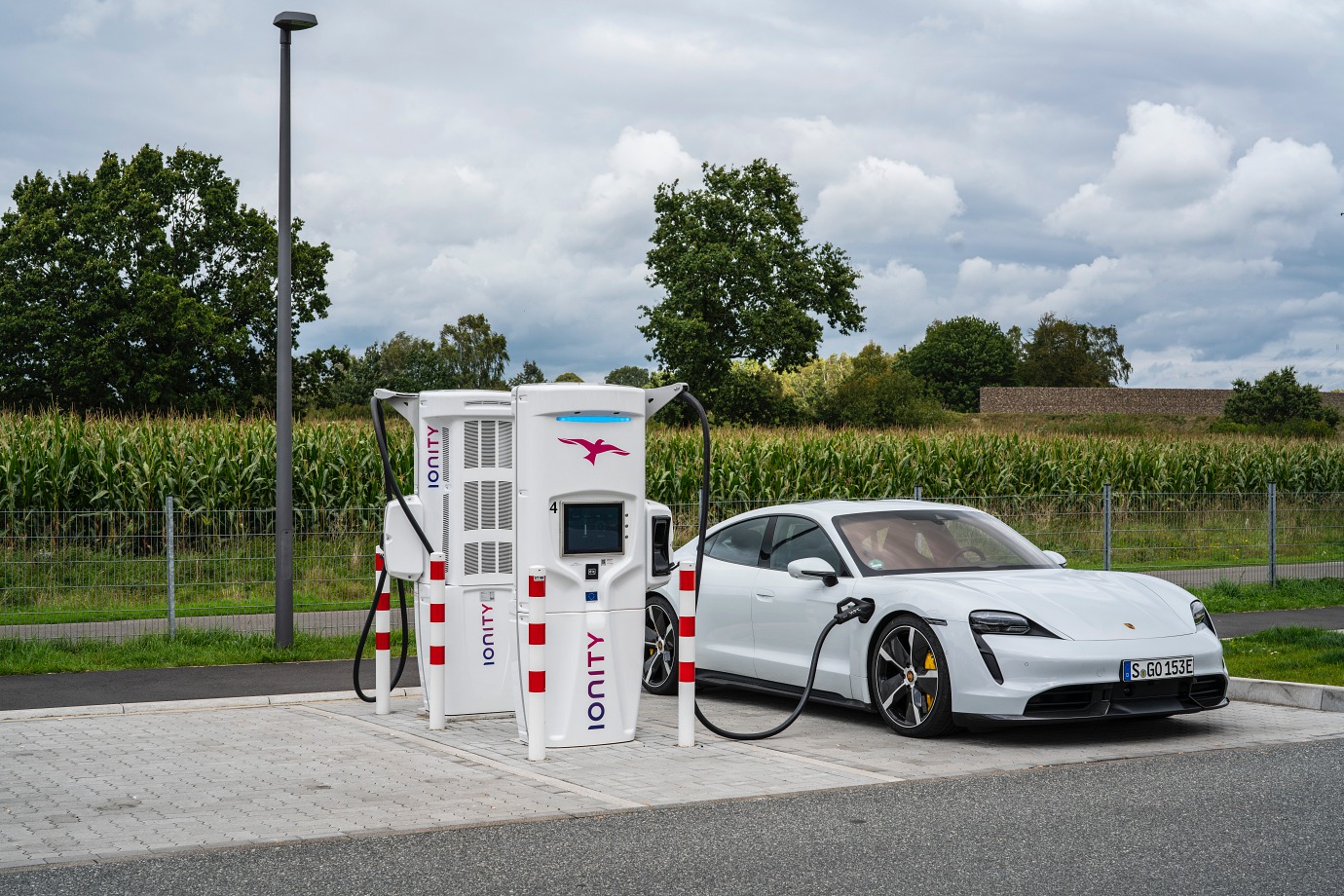
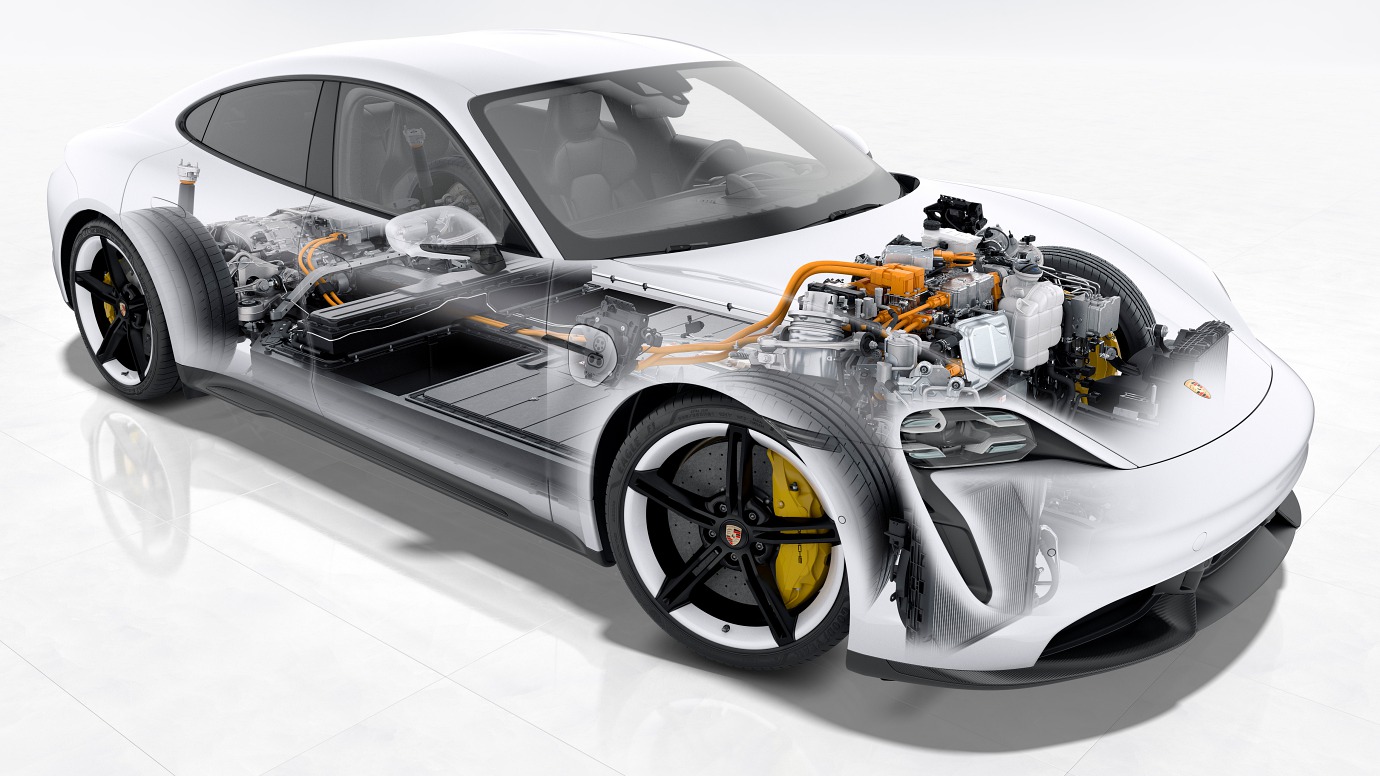
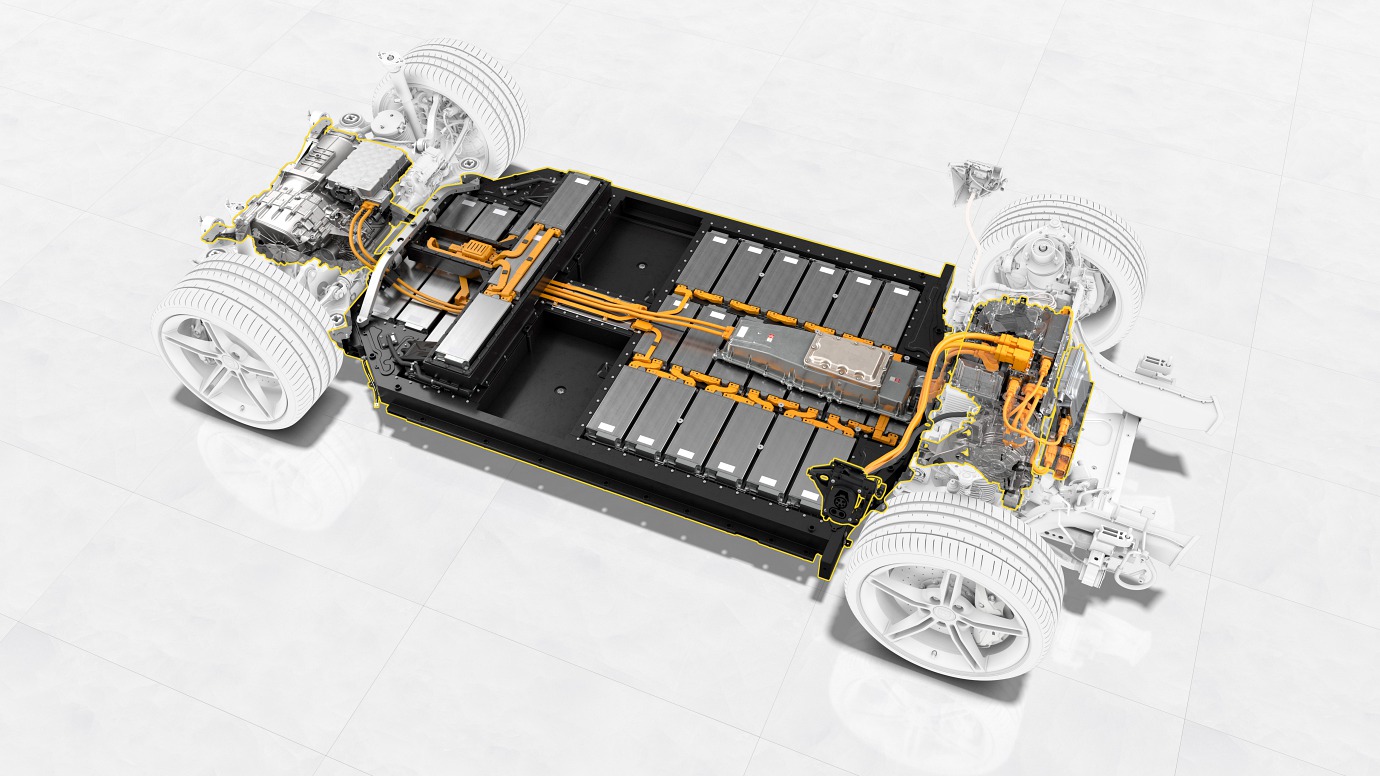
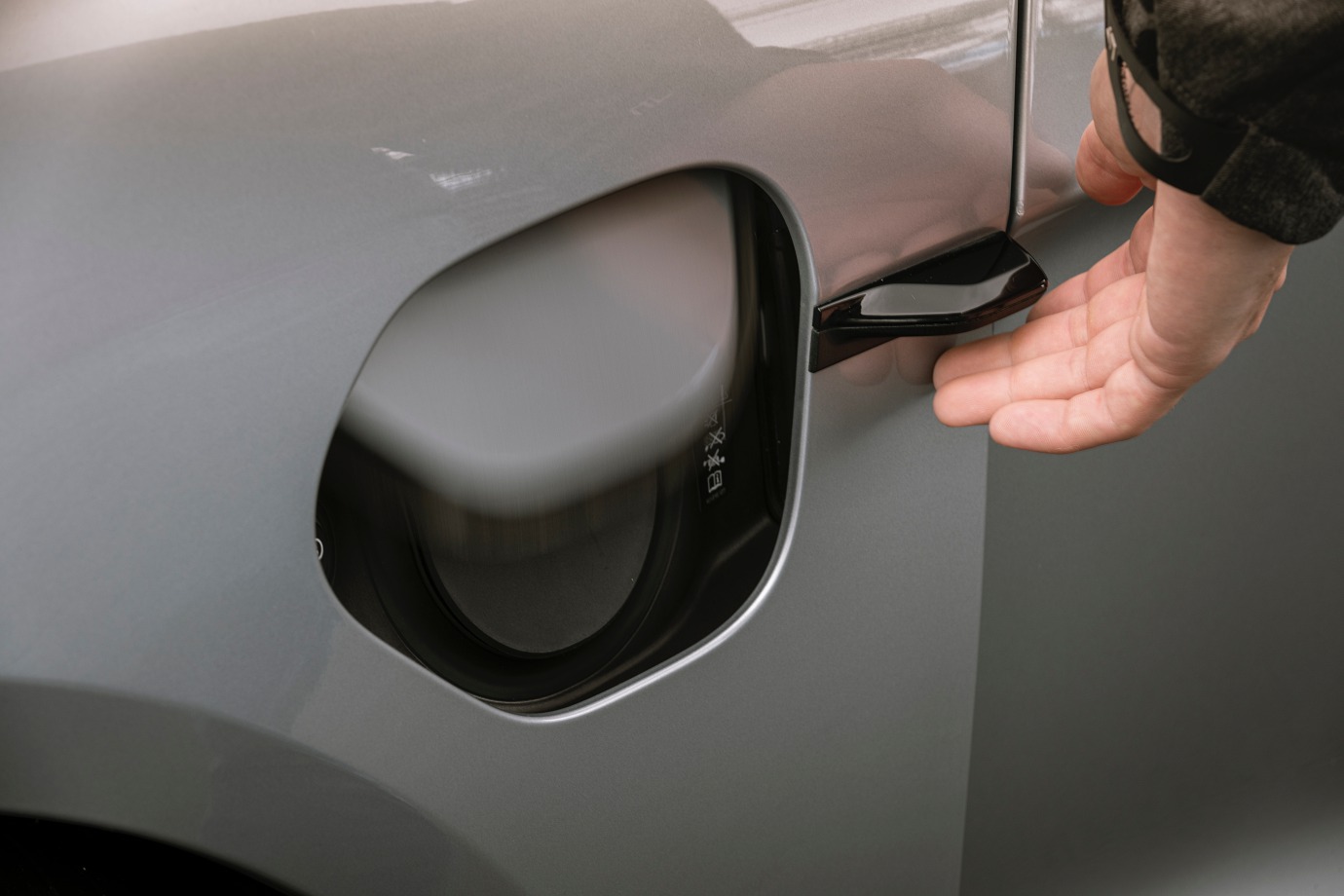
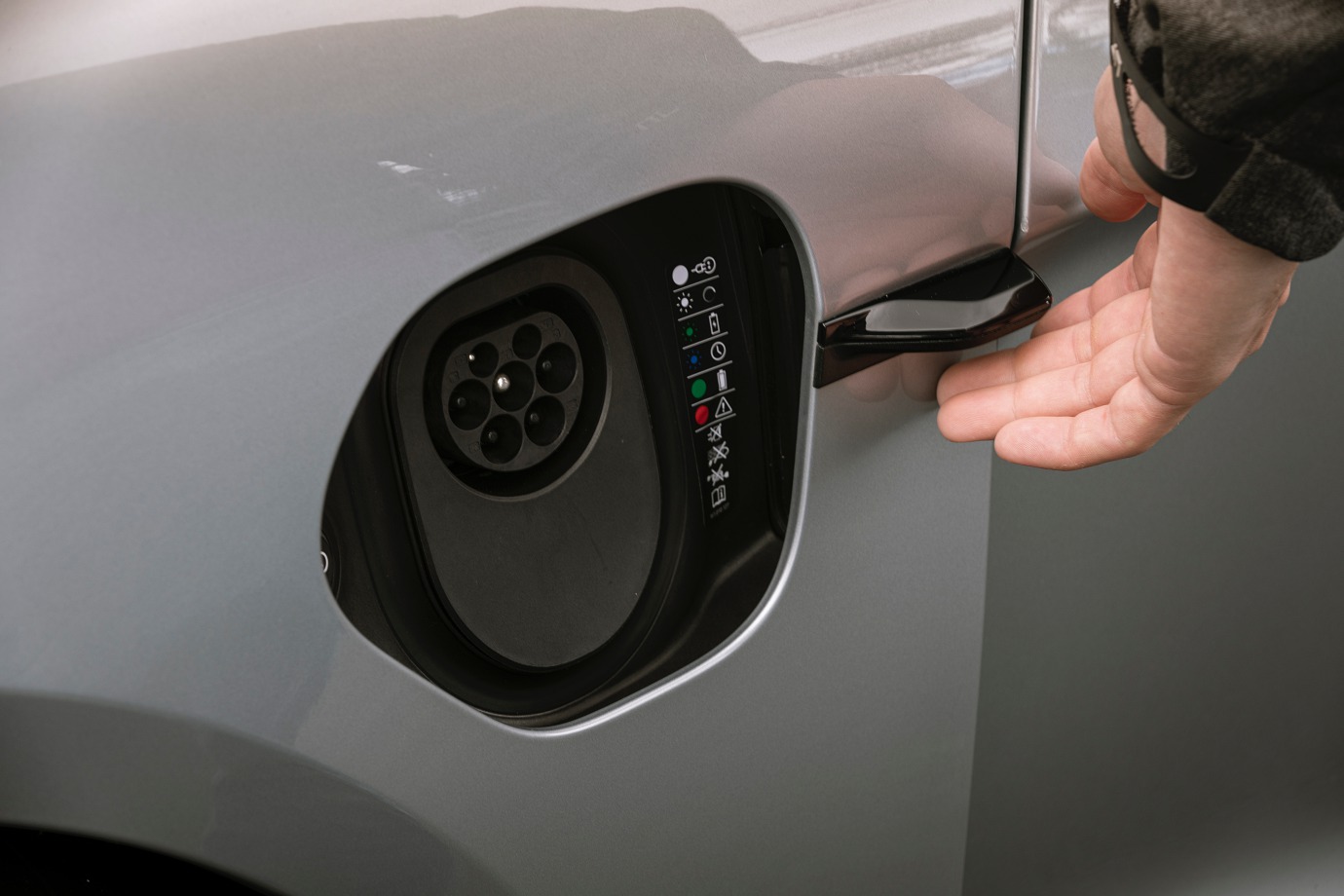
What this means is you can potentially get up to 100km of range with just a five minute recharge, or go from five per cent to 80 per cent charge in just 20 minutes, given access to a fast-charging station that offers that rate of charging capability.
This makes it a real game changer for the EV movement, because it all but eliminates one of the biggest concerns about EV adoption, namely, charging times.
There’s no doubt that things will continue to improve, but if this is the way we’re going, it won’t be long before re-juicing your EV becomes as fast and easy as filling up your car now with whatever fuel that powers it.
It’s probably a bit of a stretch to call the Taycan a cure-all for the current troubles in the automotive industry, but it certainly feels like it is making a big step forward. It satisfies both enthusiasts and greenies, and perhaps shines a light towards what is possible in the years ahead.
At the very least, it makes you feel good while driving it, whatever your slant, and that is probably the best medicine you can ask for.
PHOTOS Porsche / Tobias Kempe
Porsche Taycan Turbo S
Electric Motor 761hp, 1050Nm
Battery Lithium ion, 270kWh
Charge Time / Type 30 mins (estimated) / DC fast charger
Electric Range 412km
0-100km/h 2.8secs
Top Speed 260km/h
Efficiency 24.5kWh/100km
CO2 0g/km
